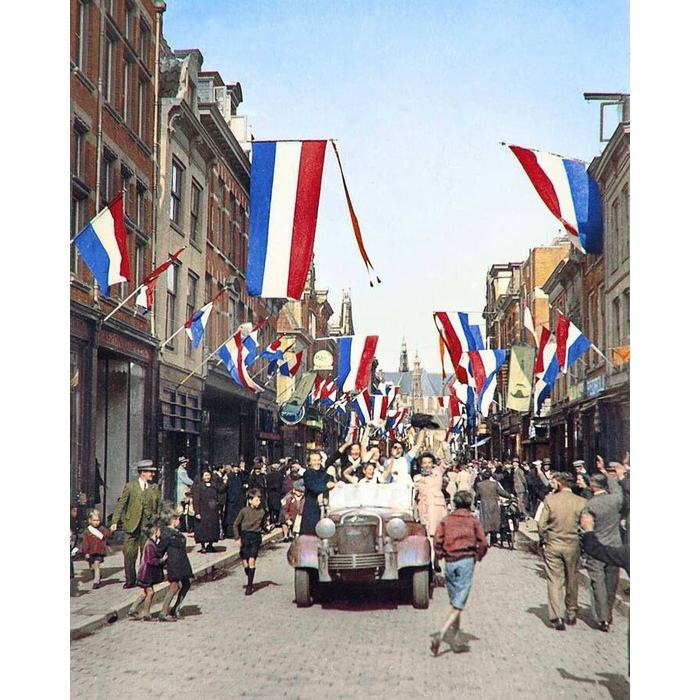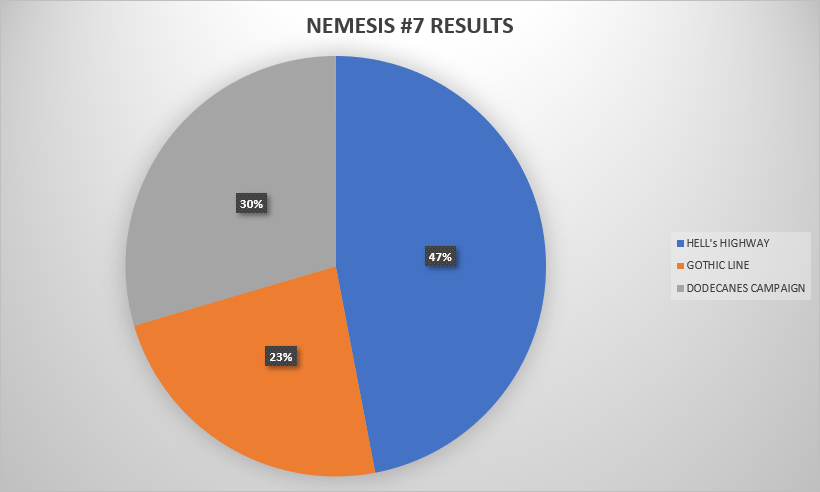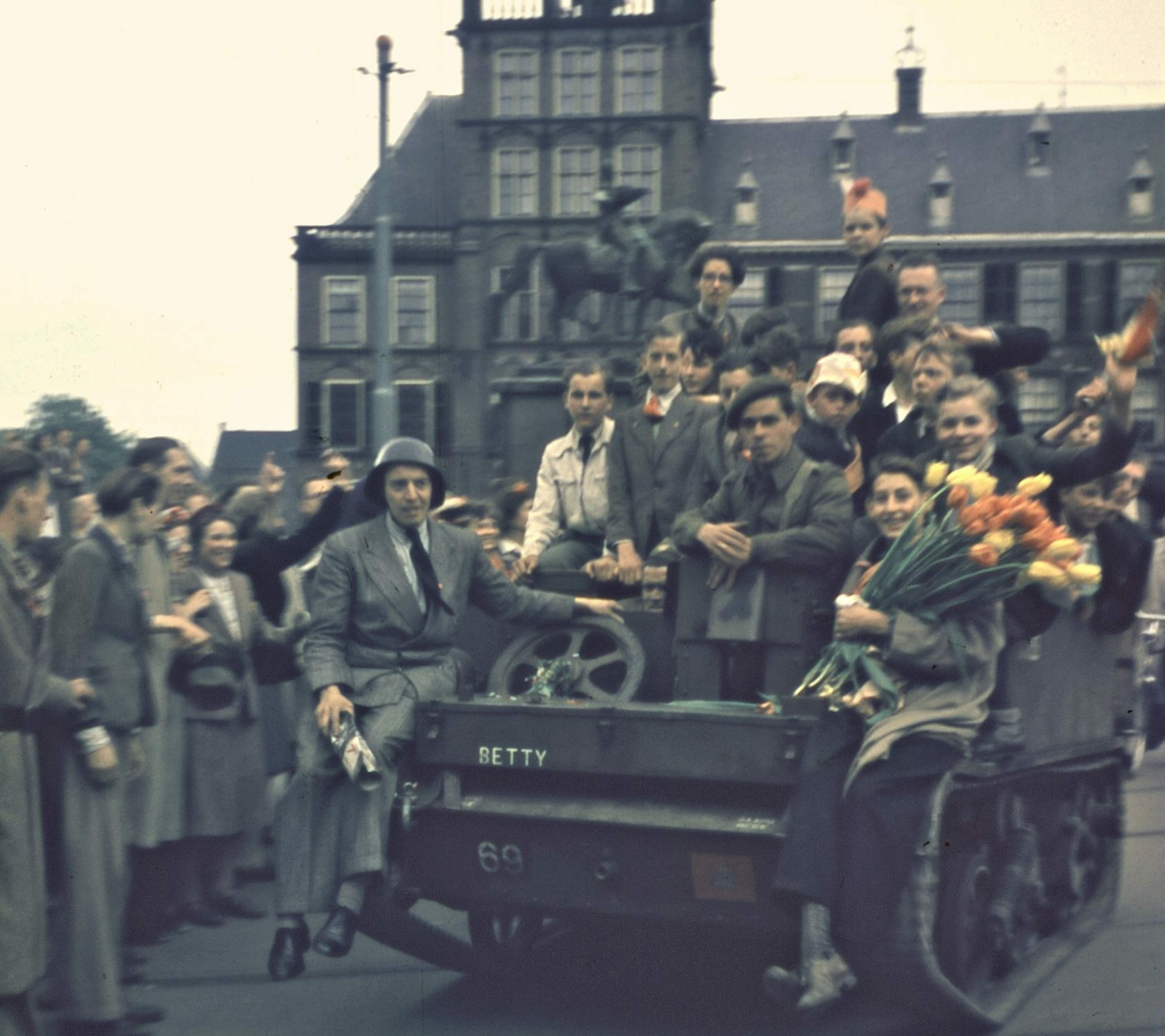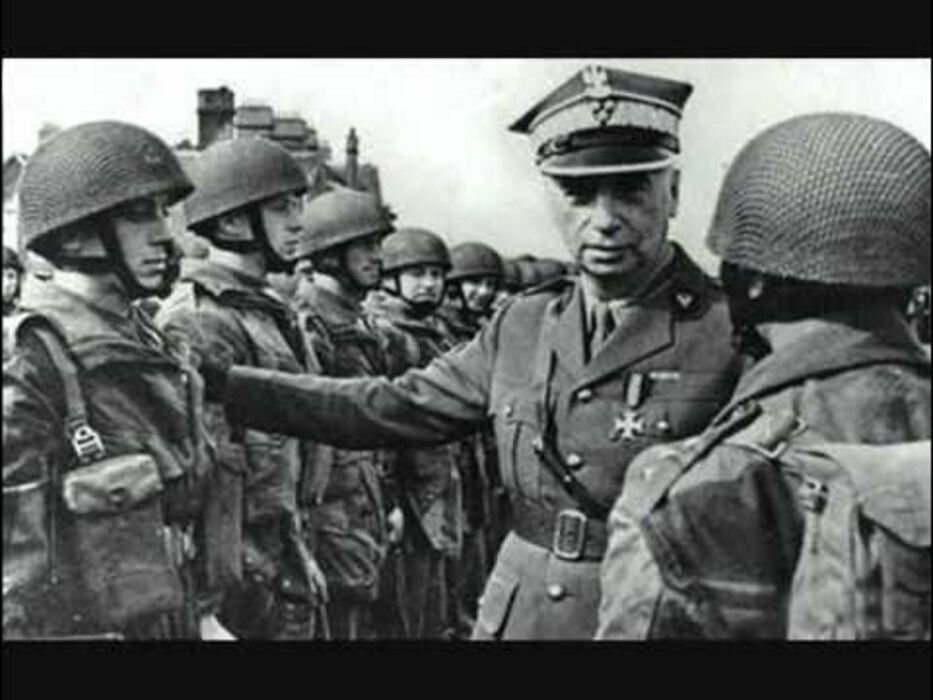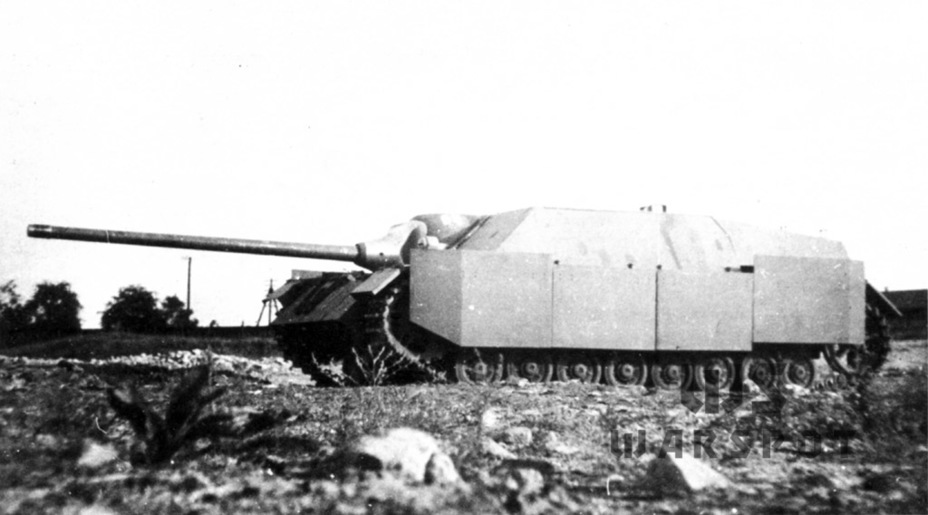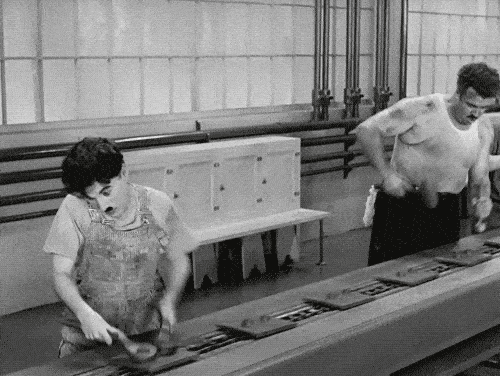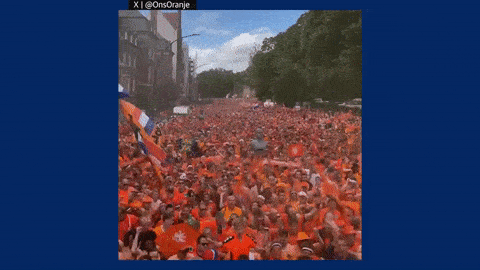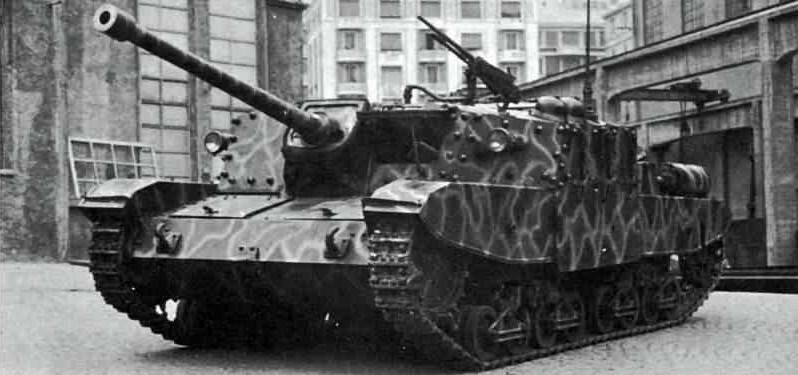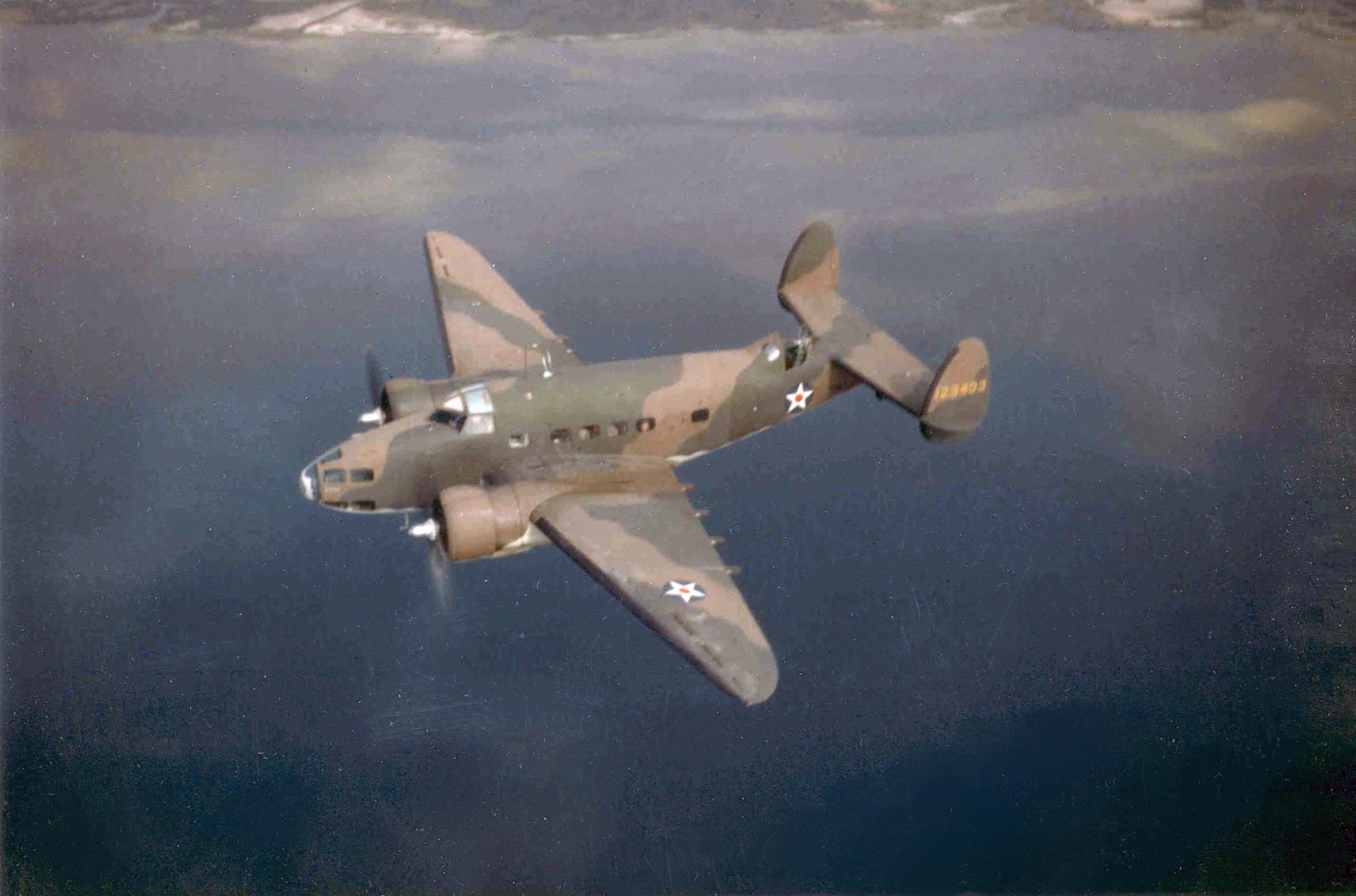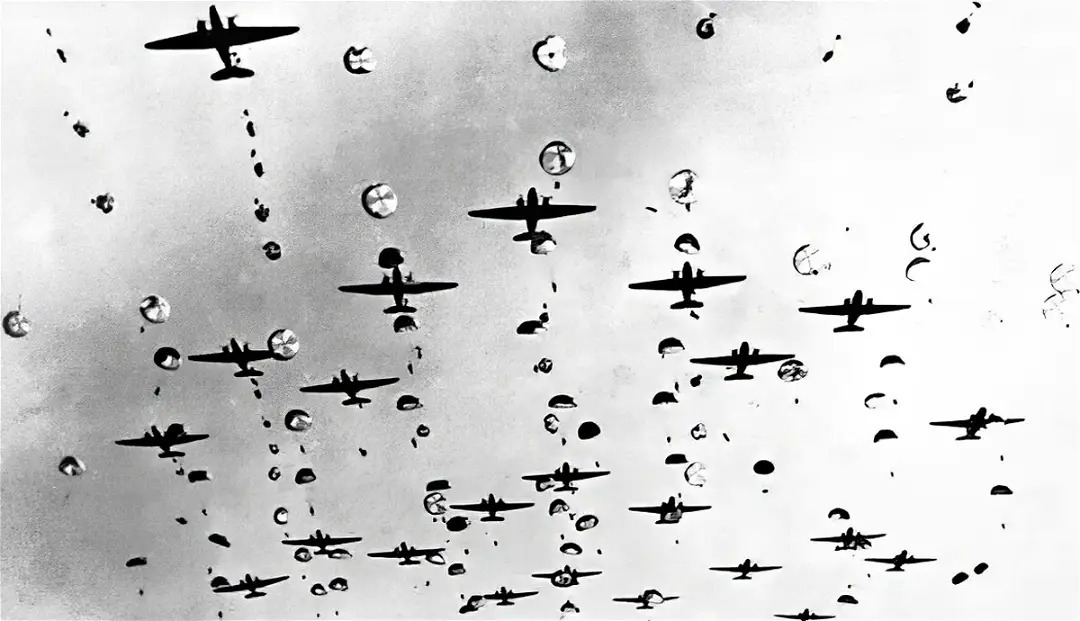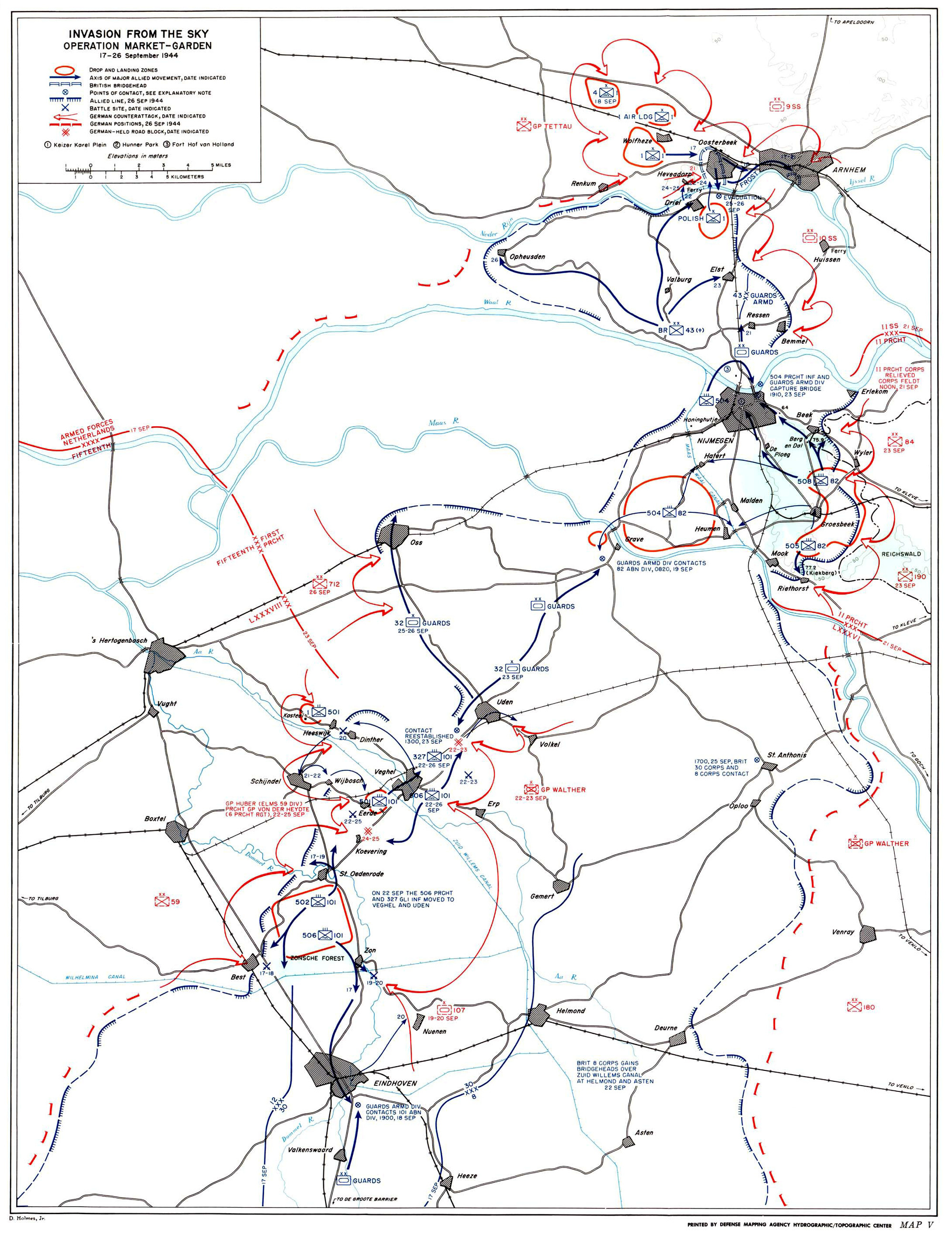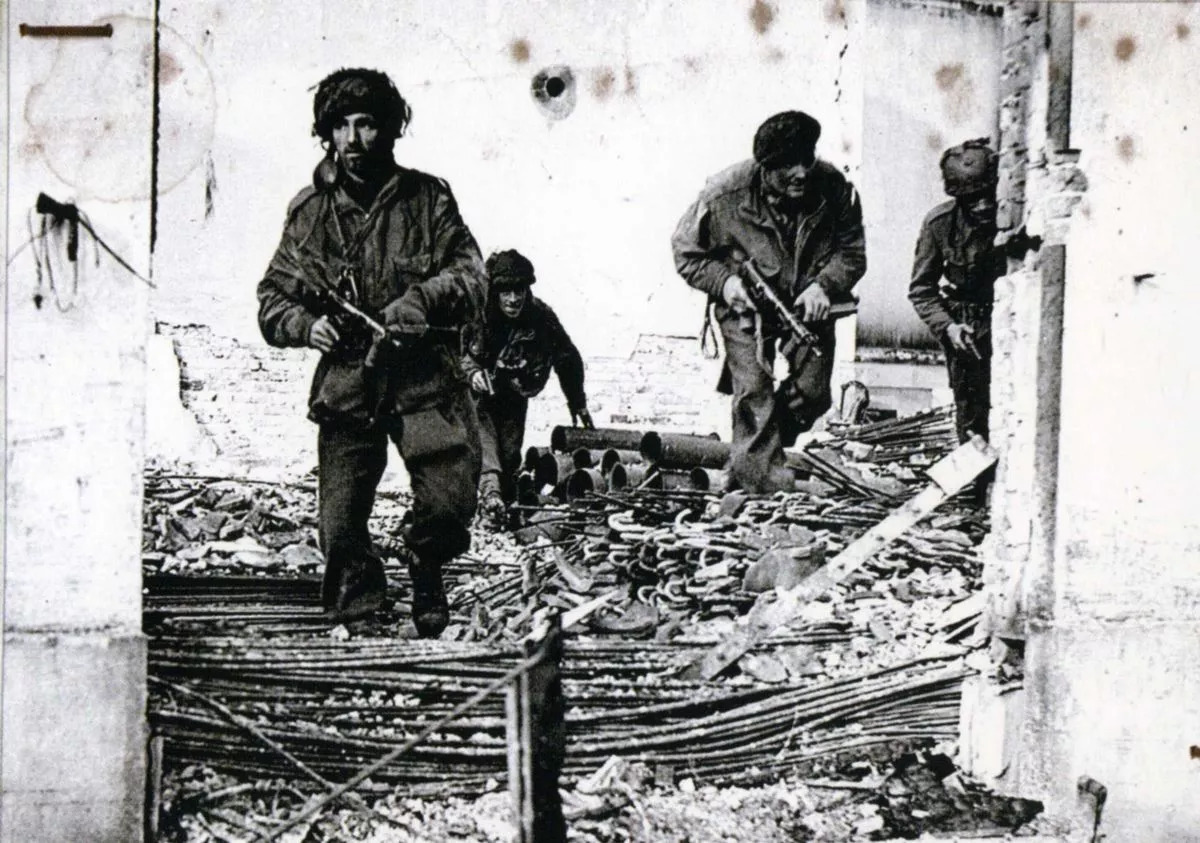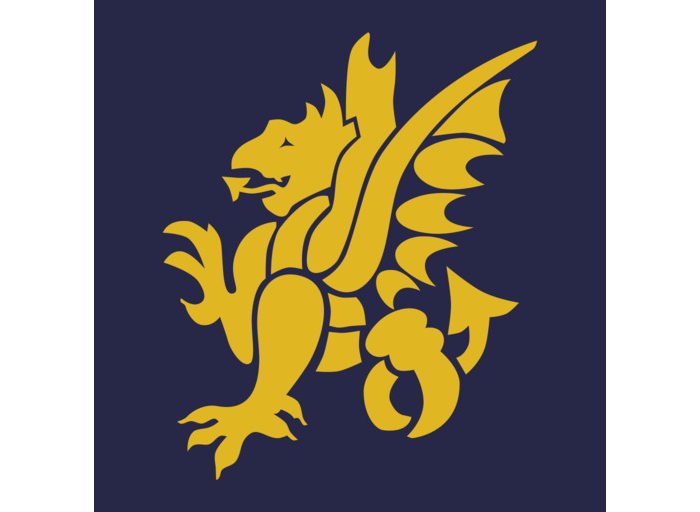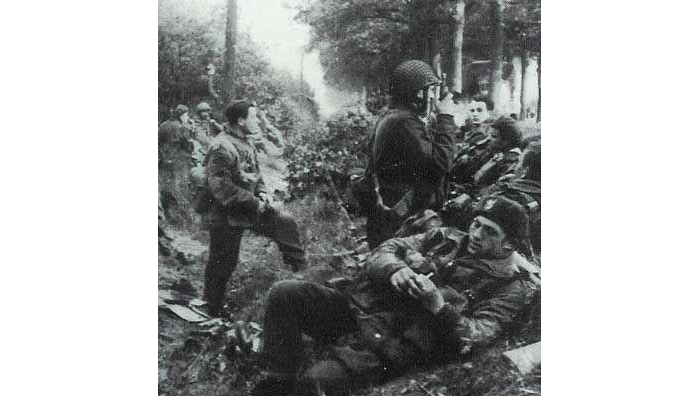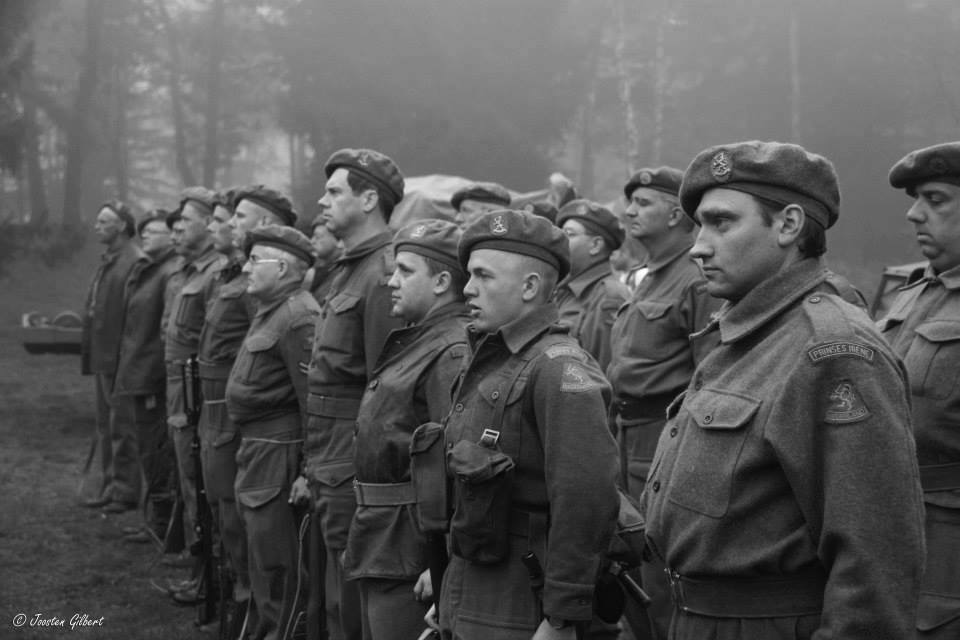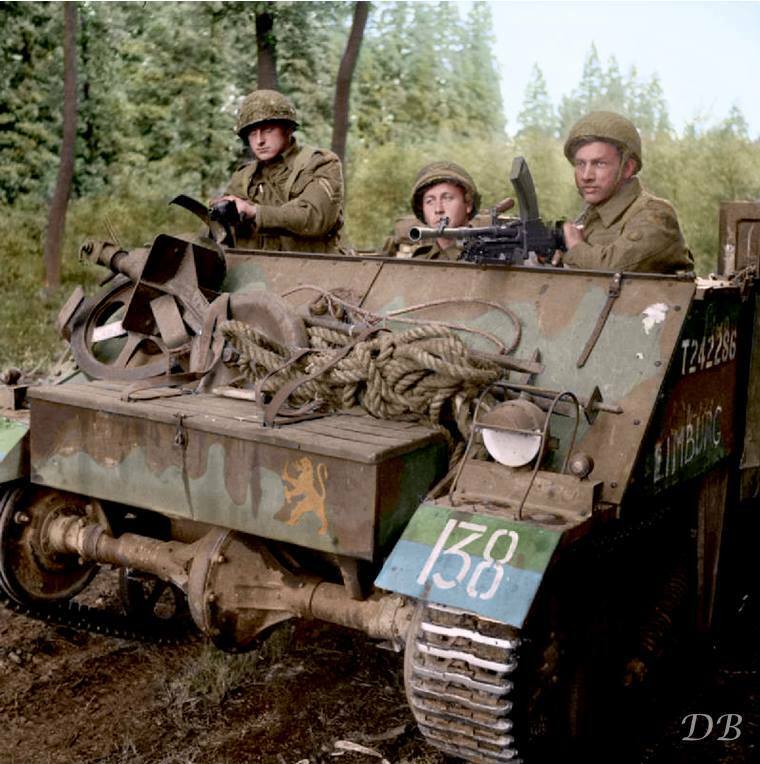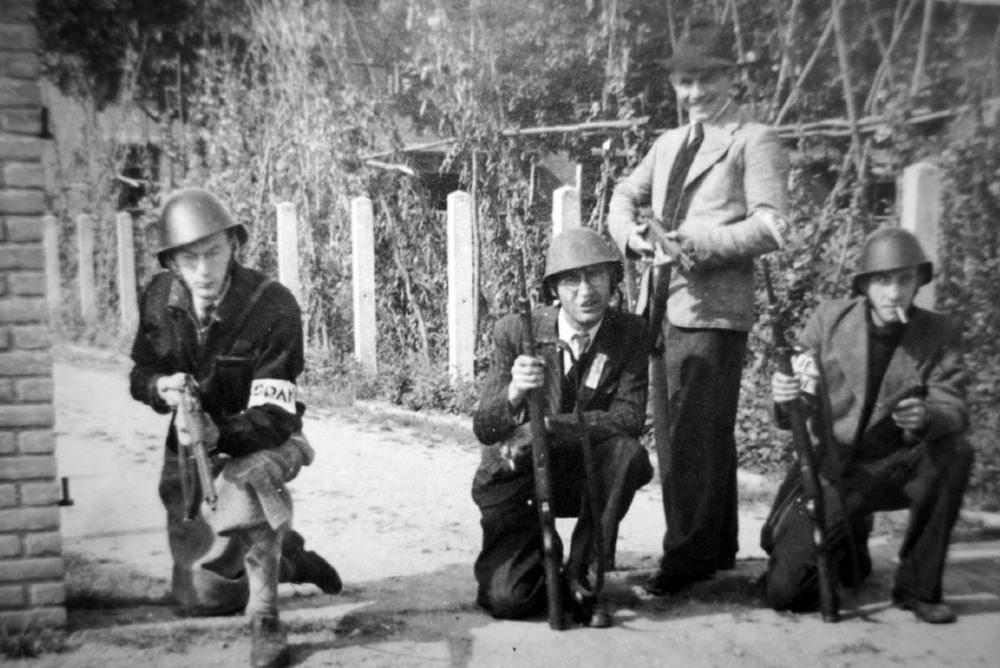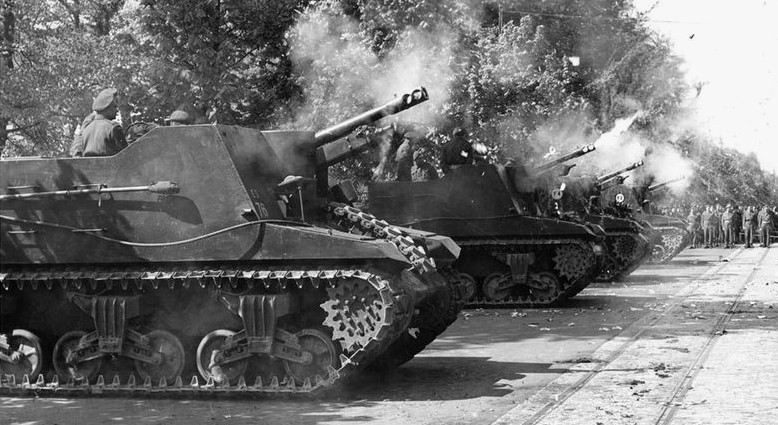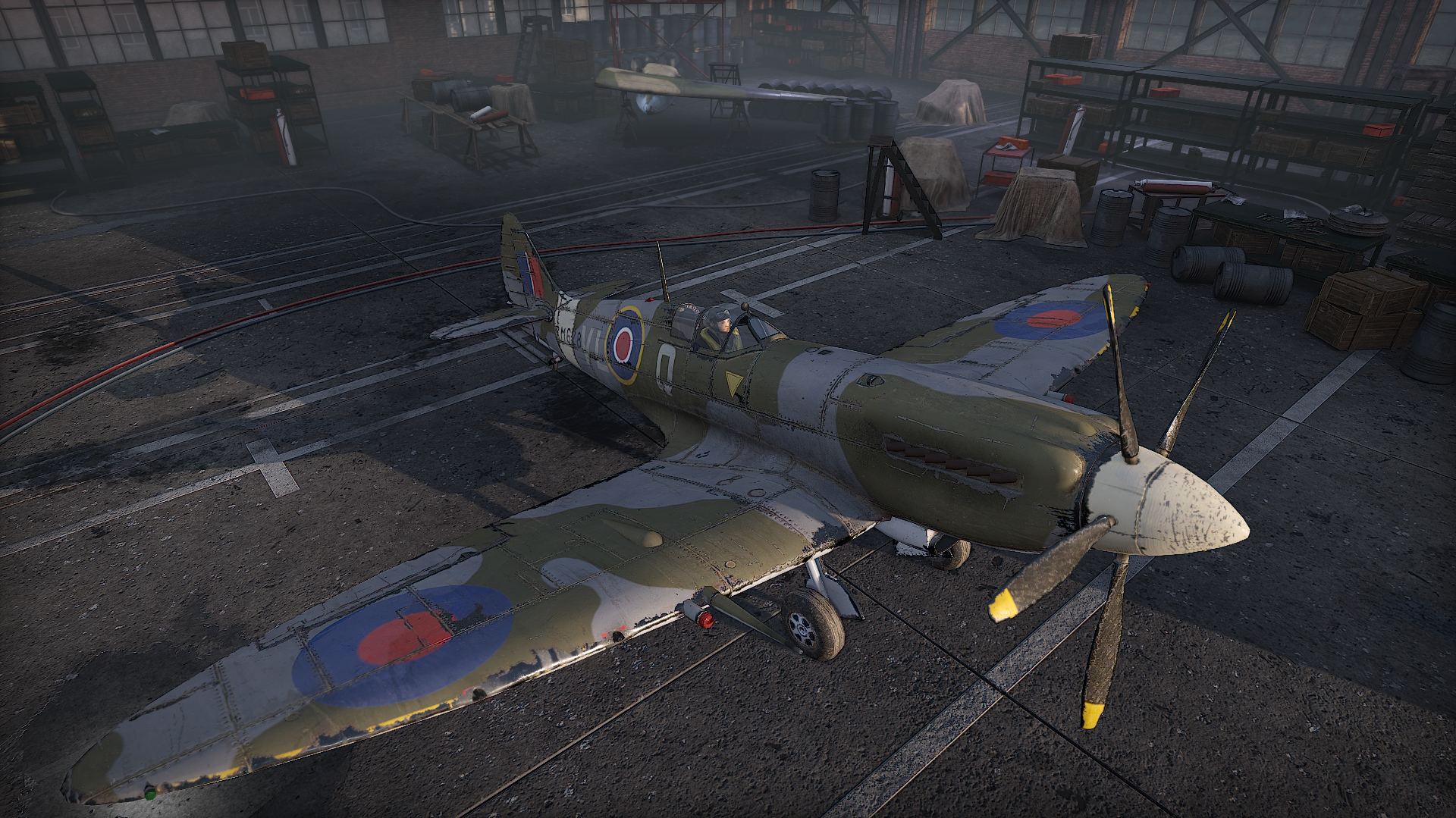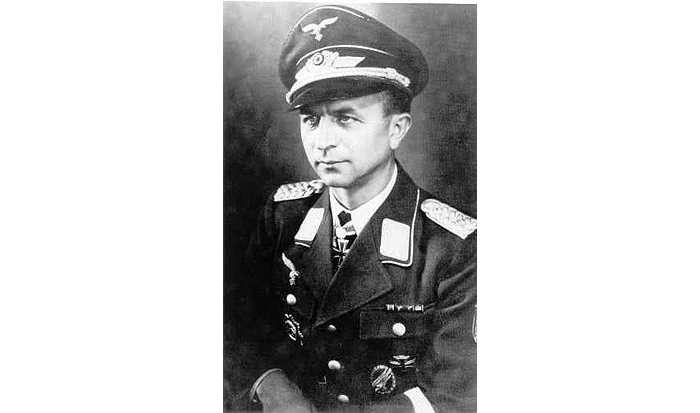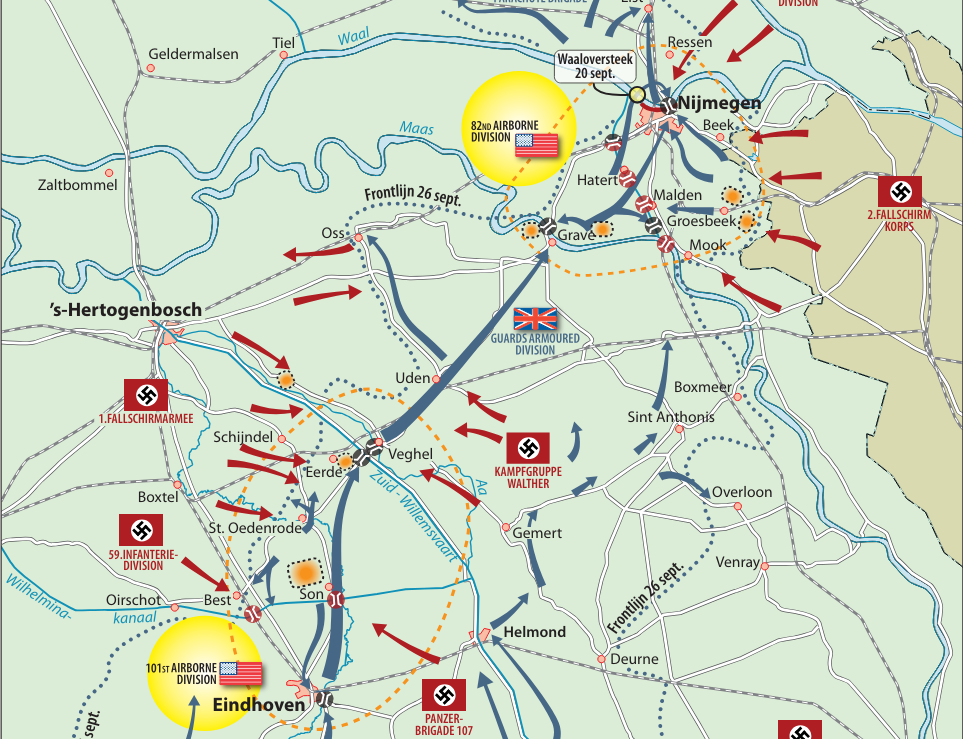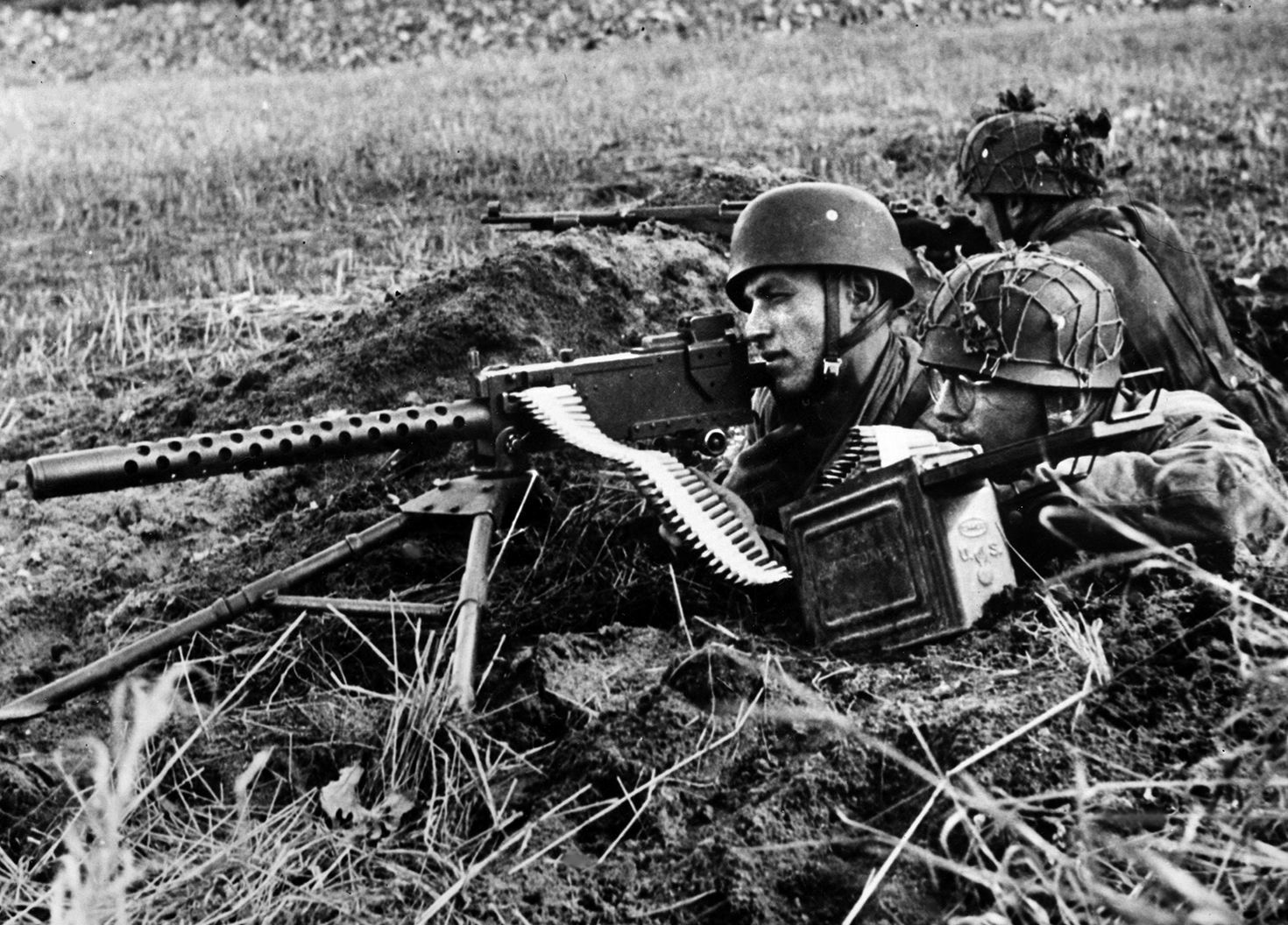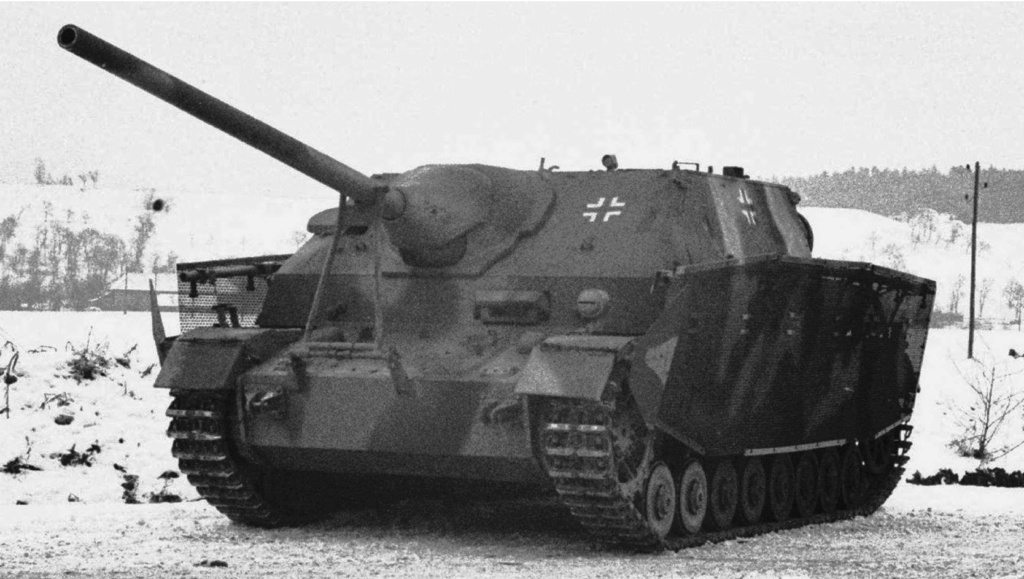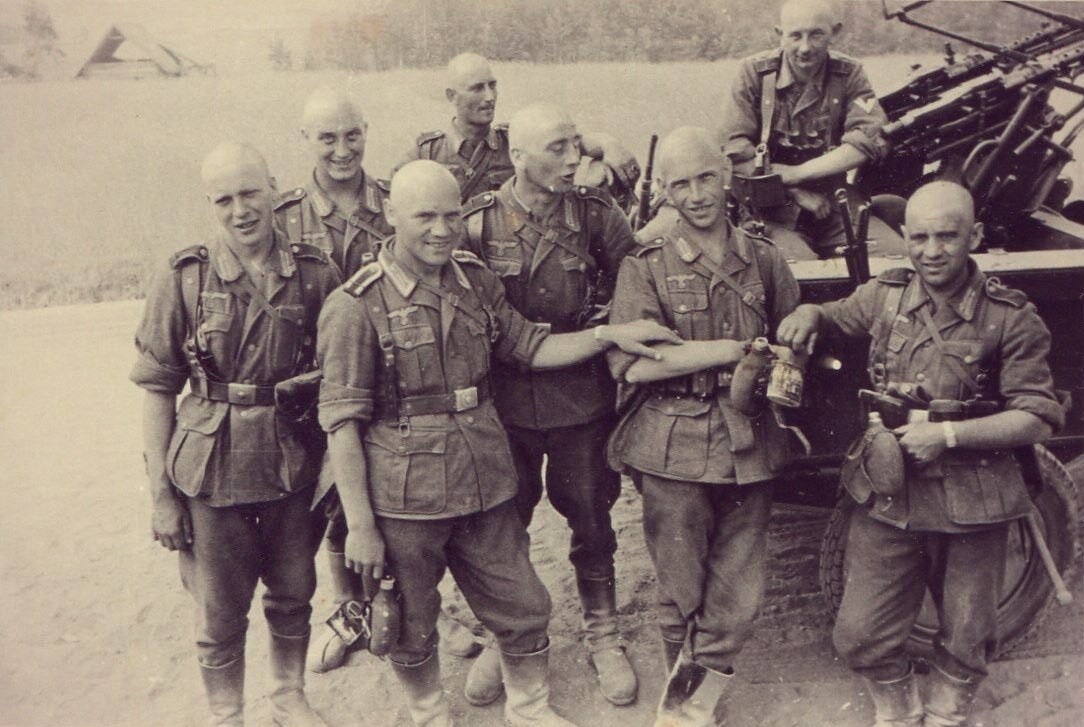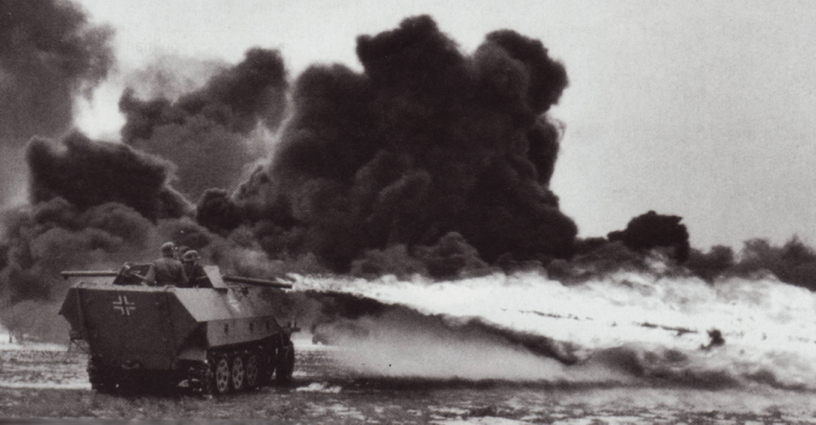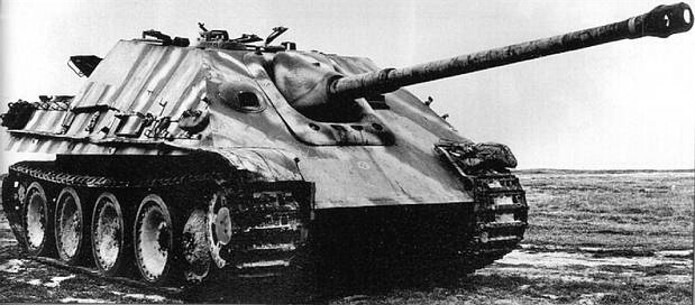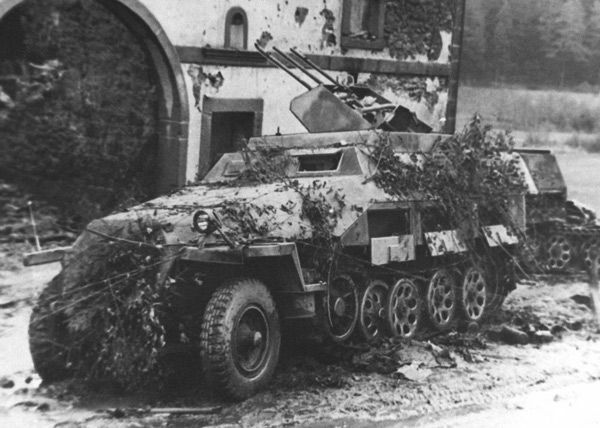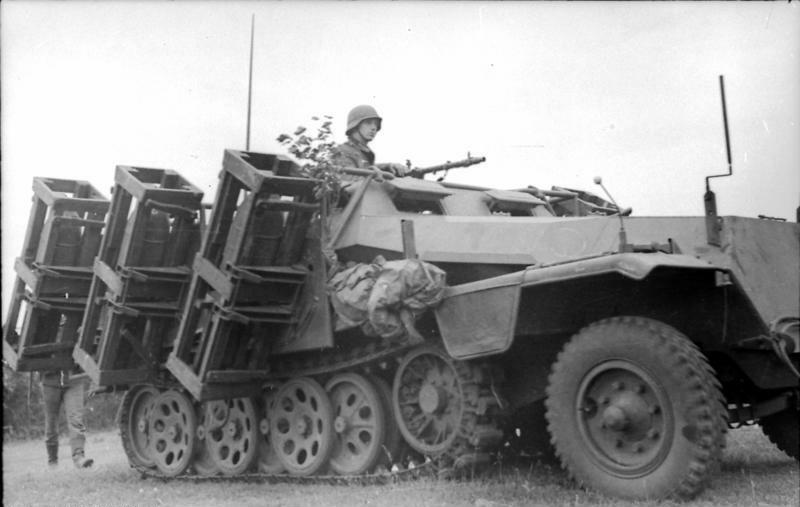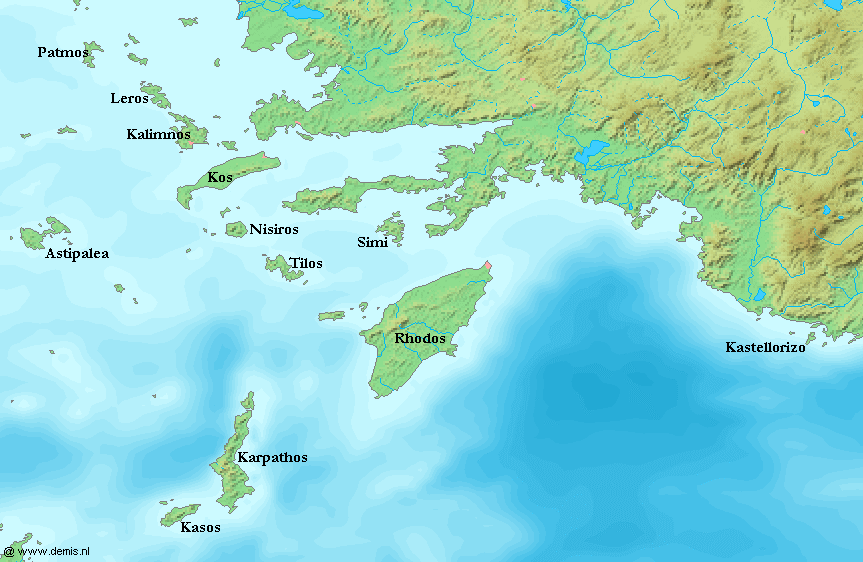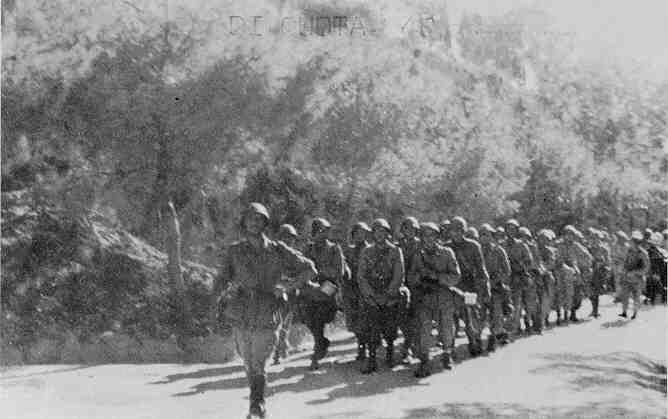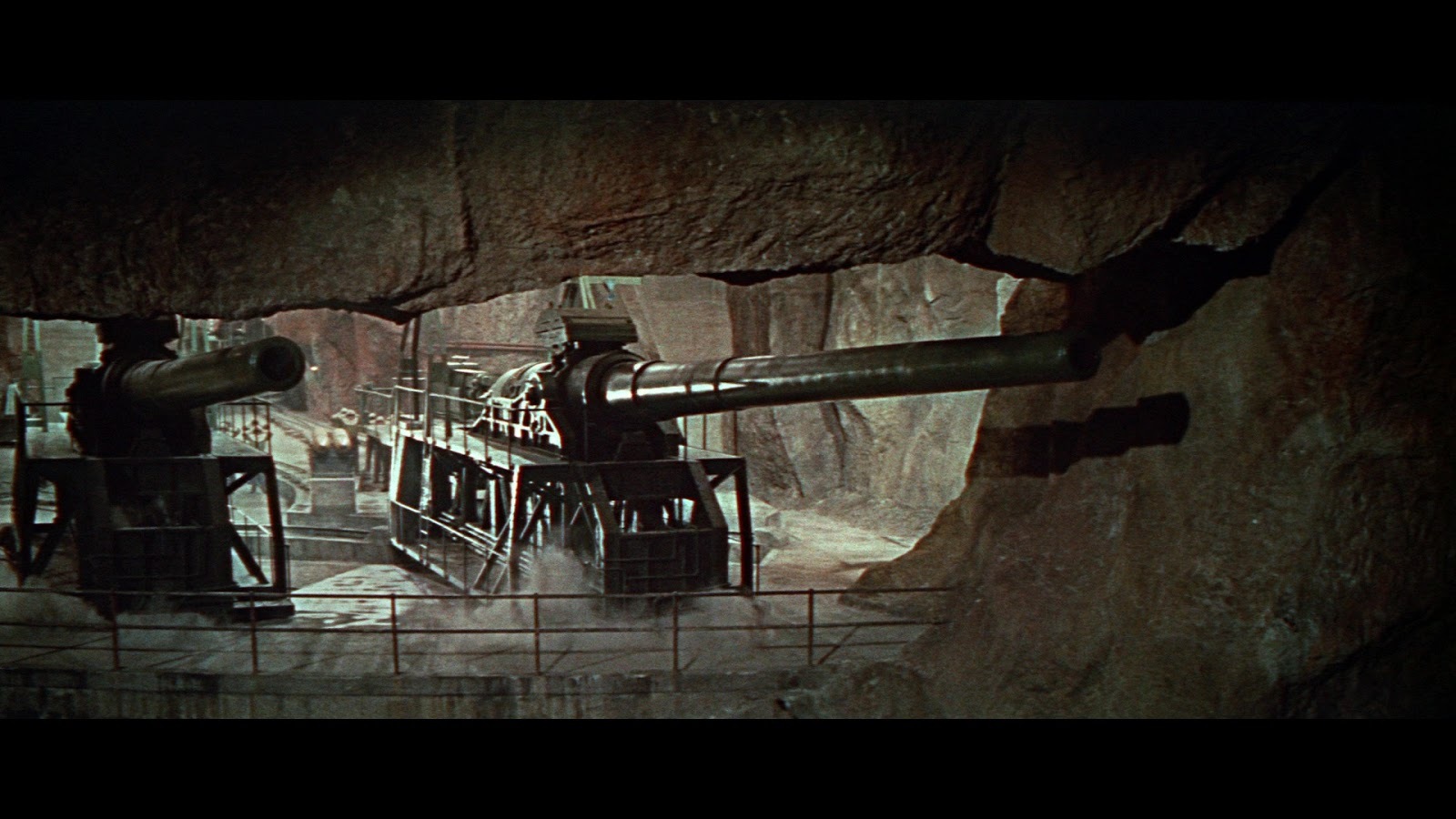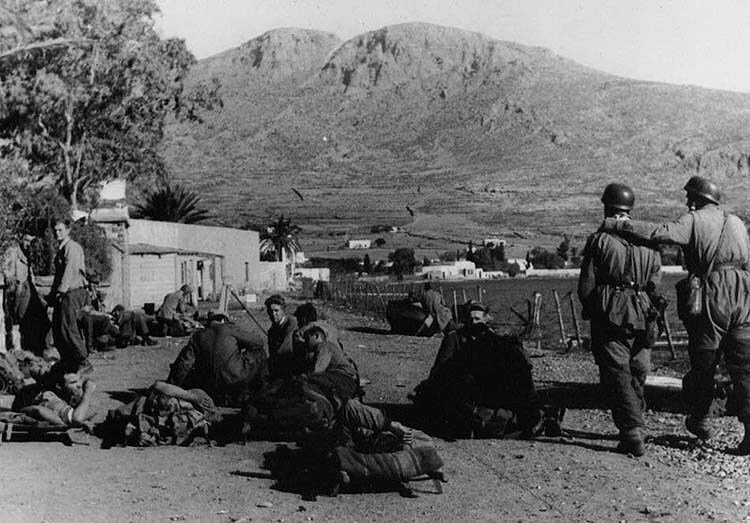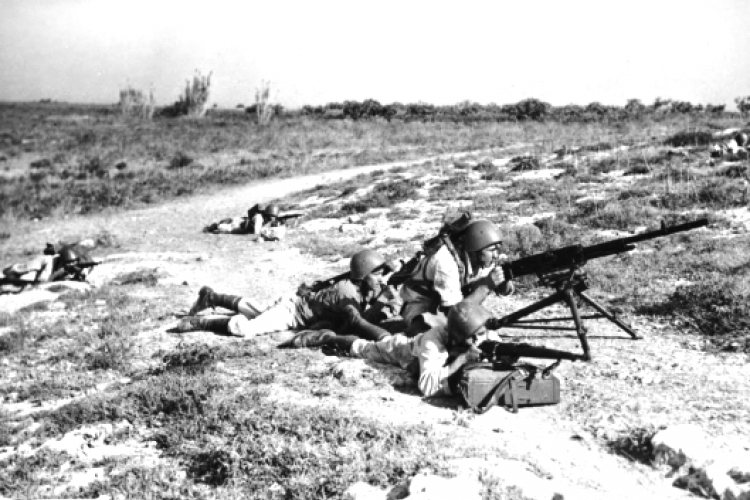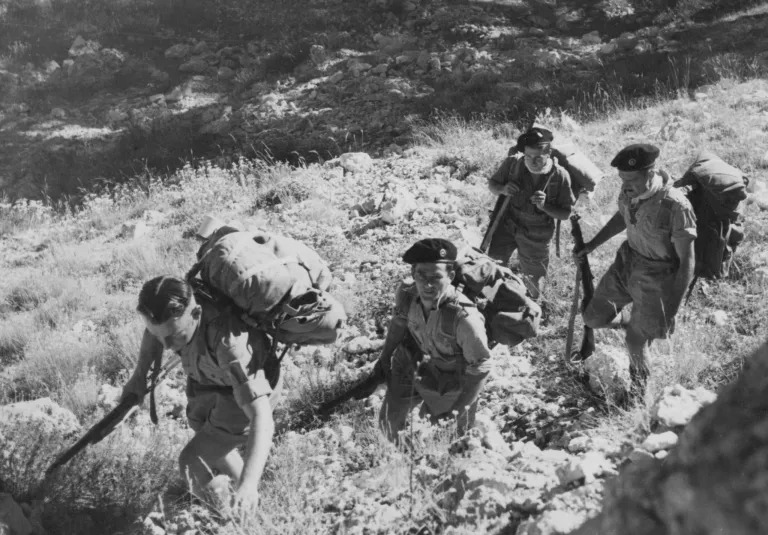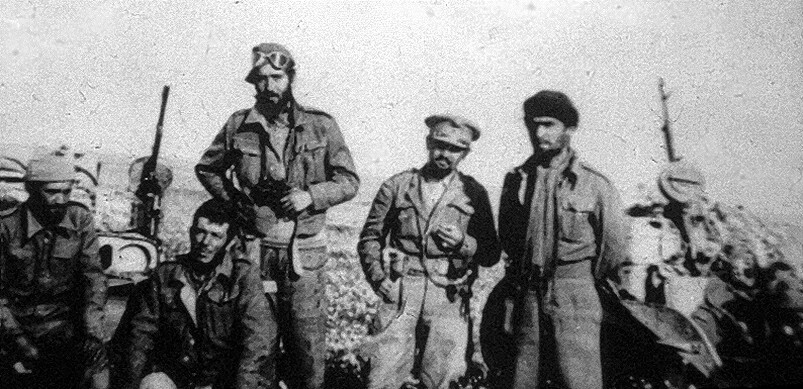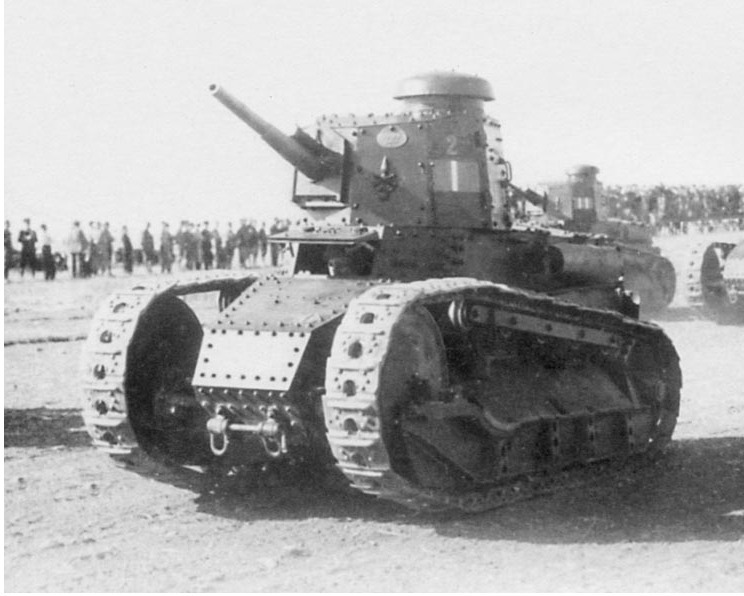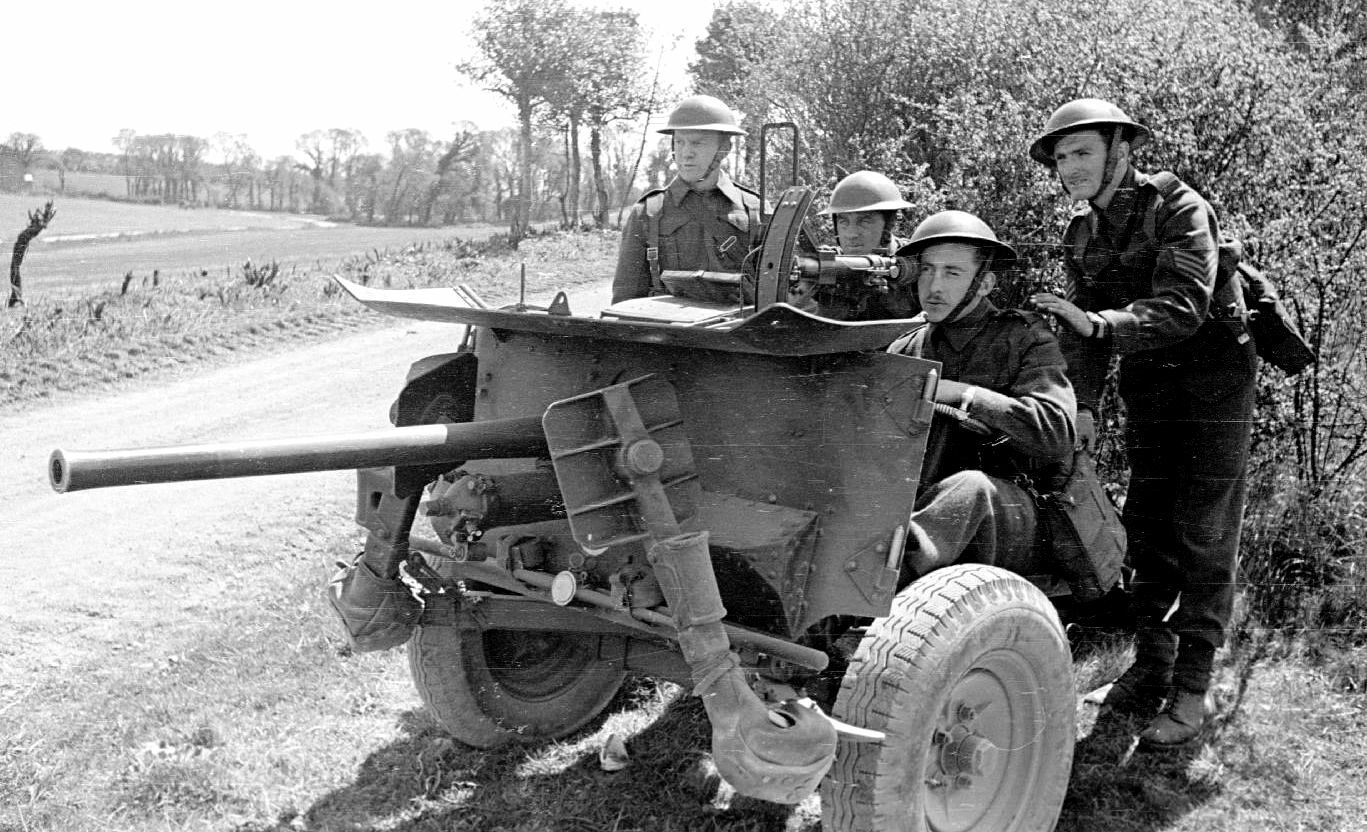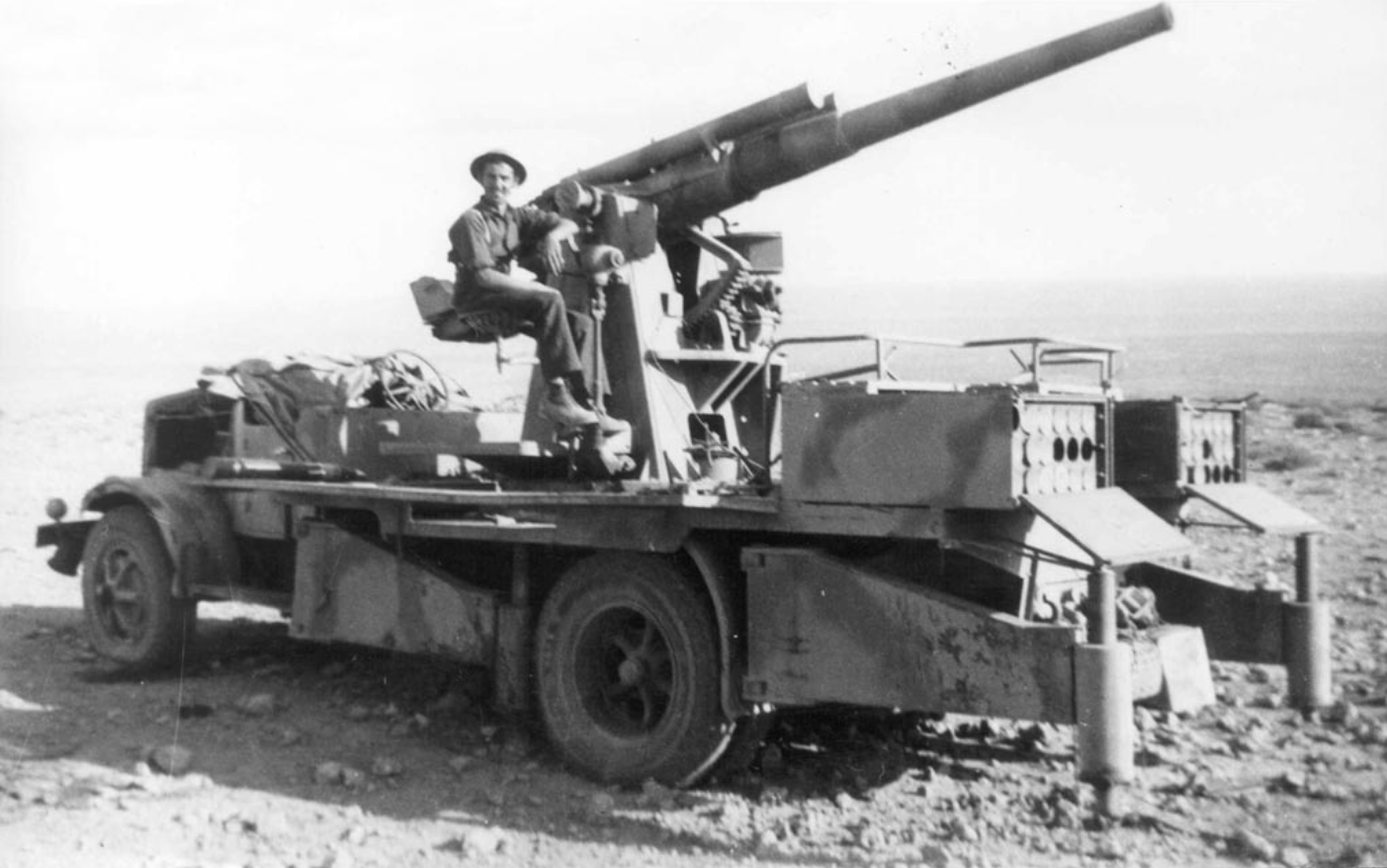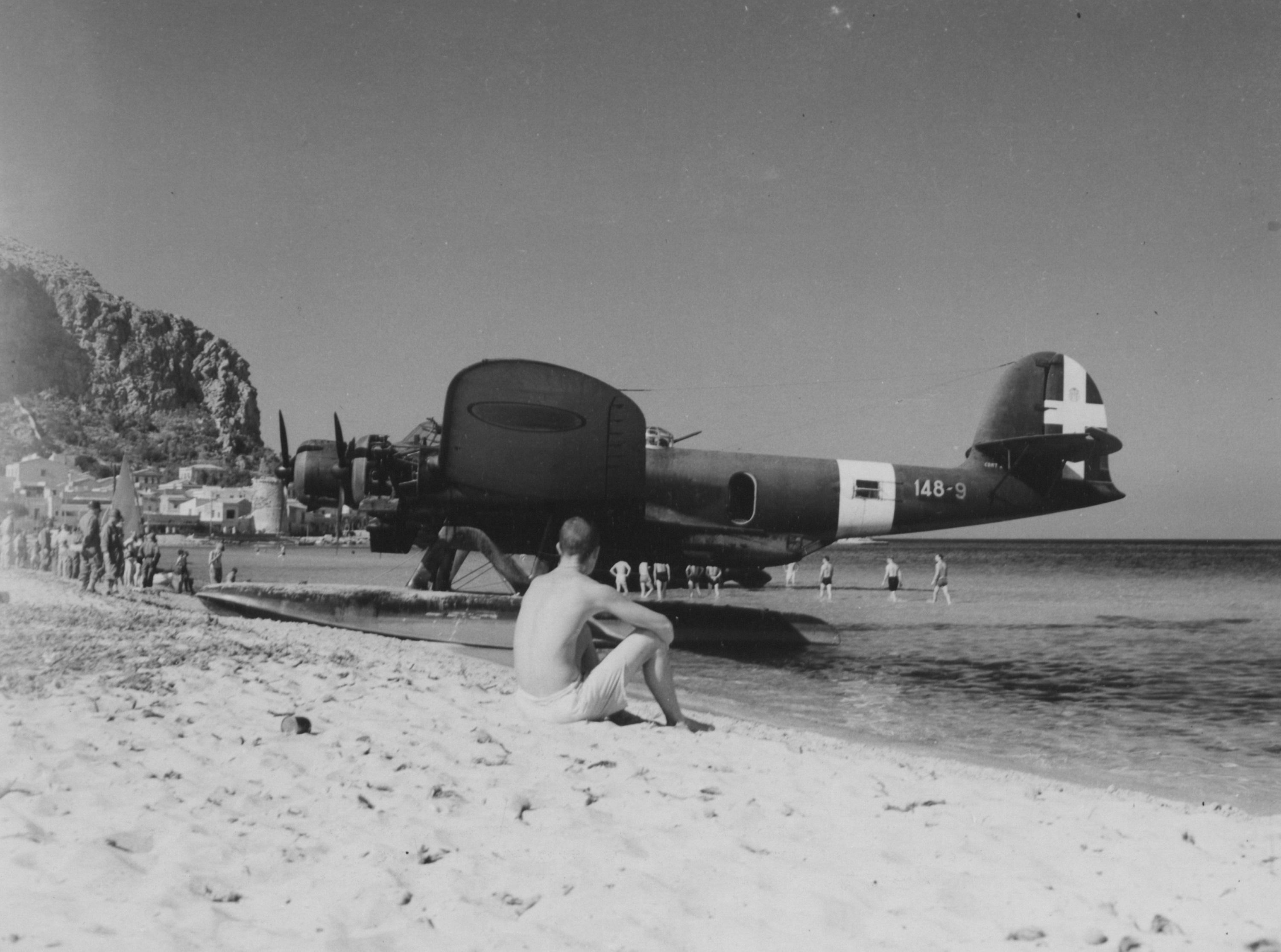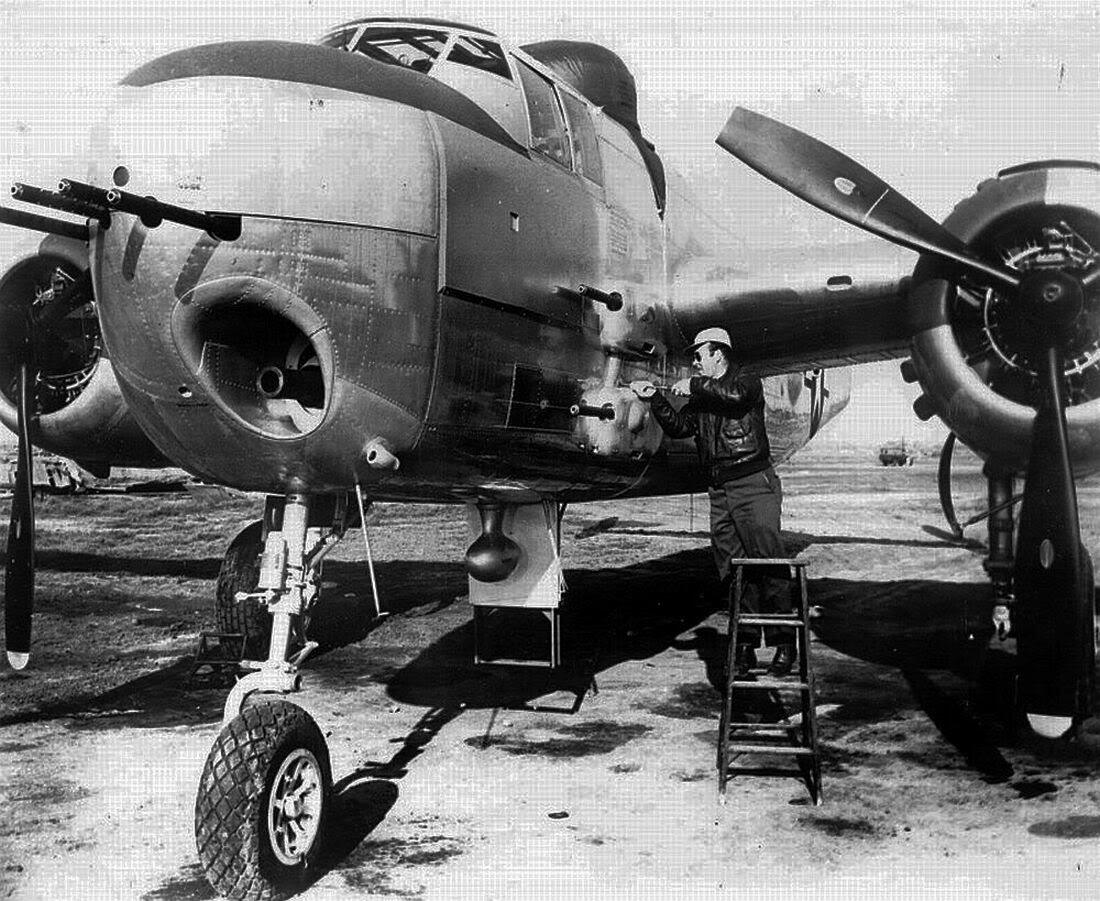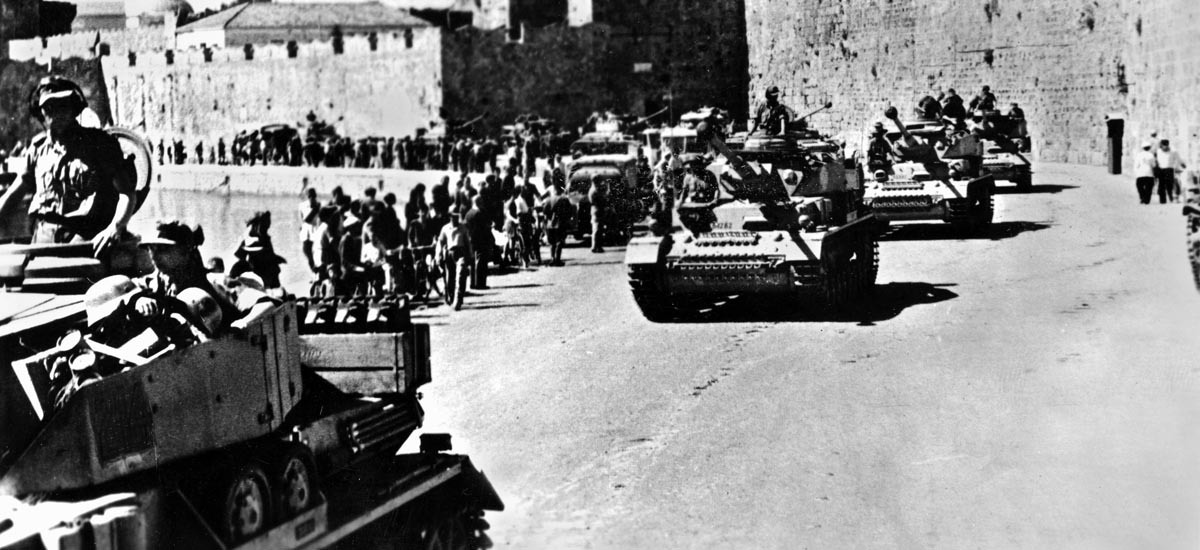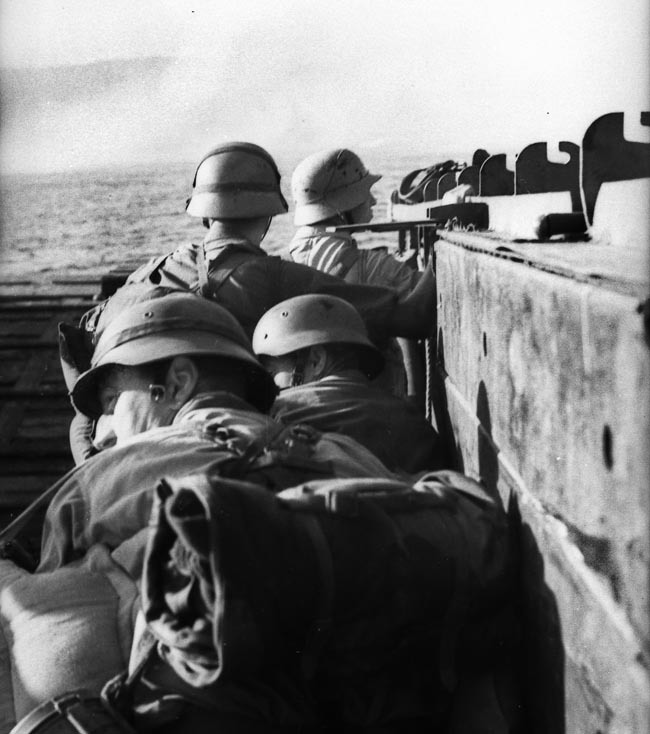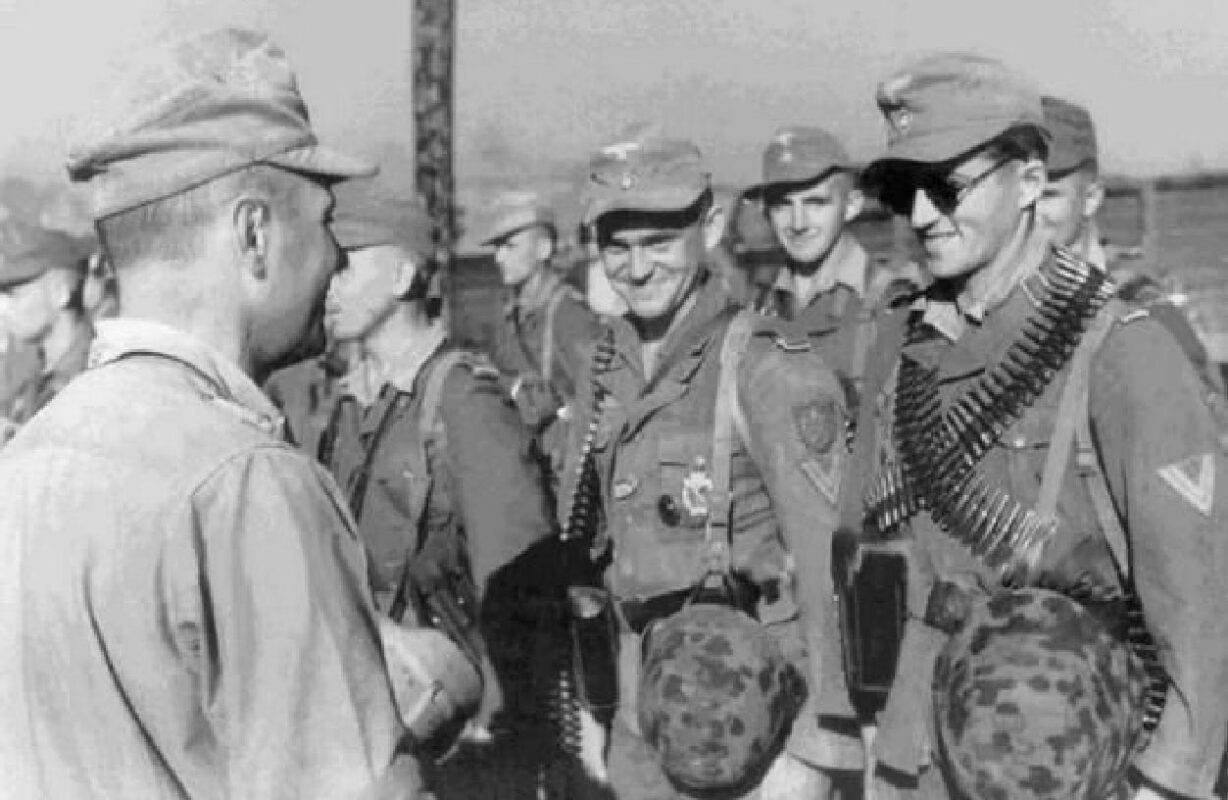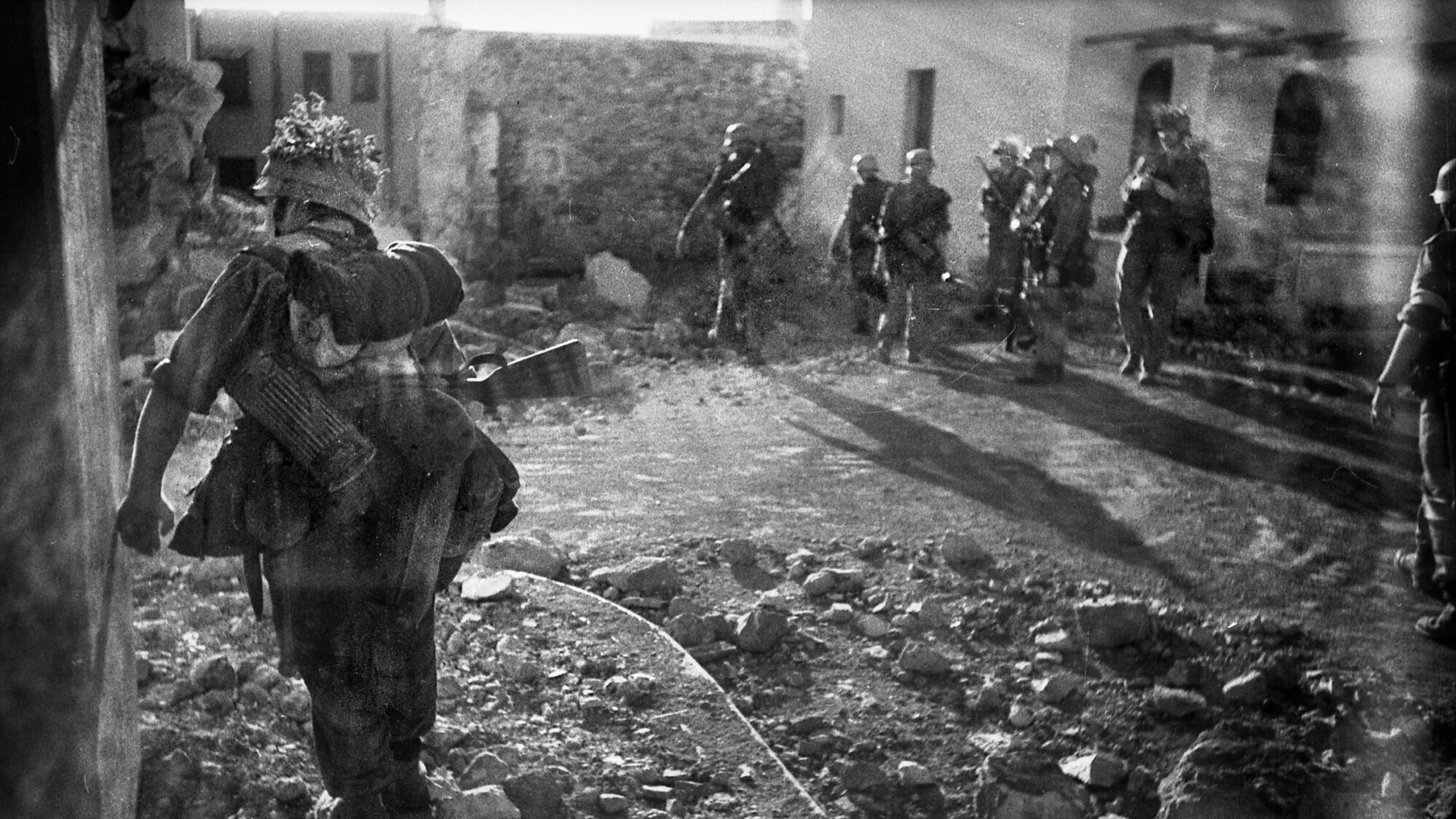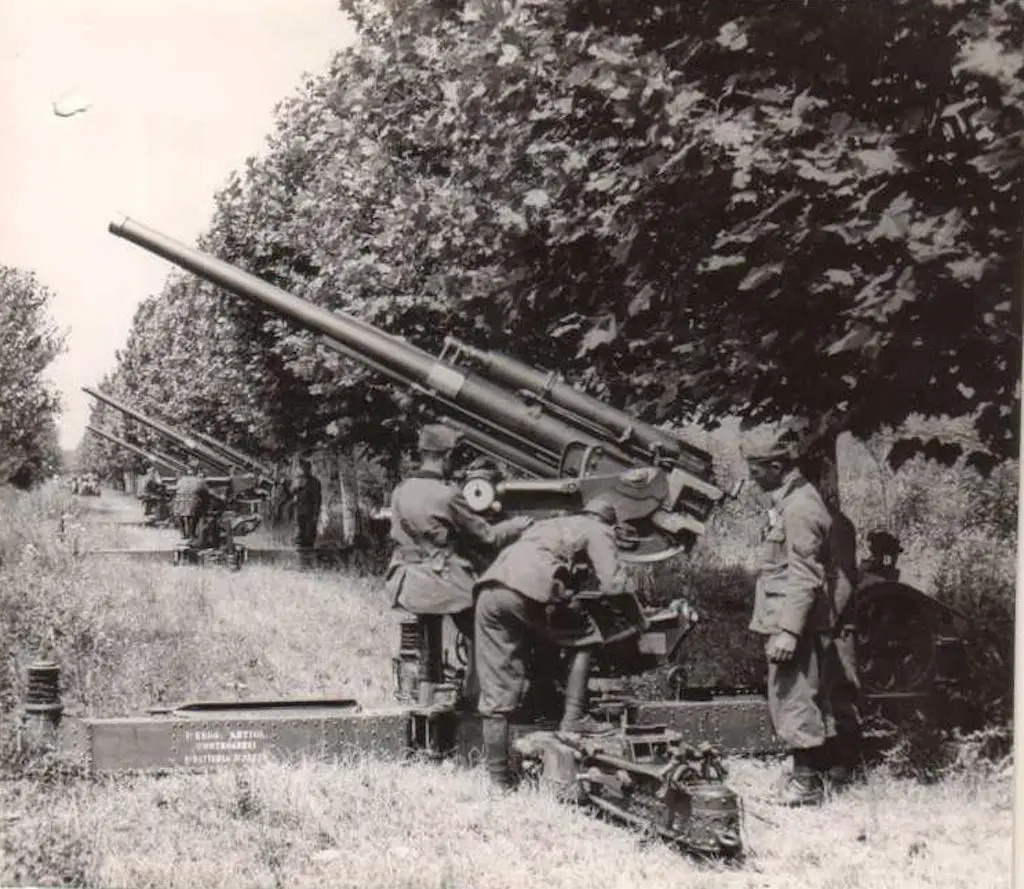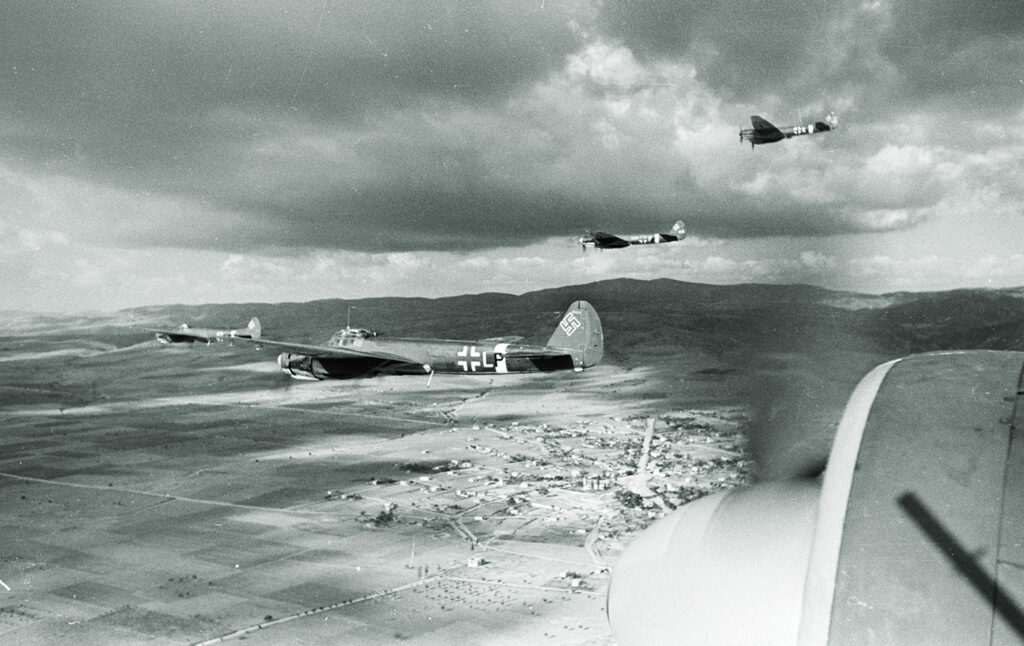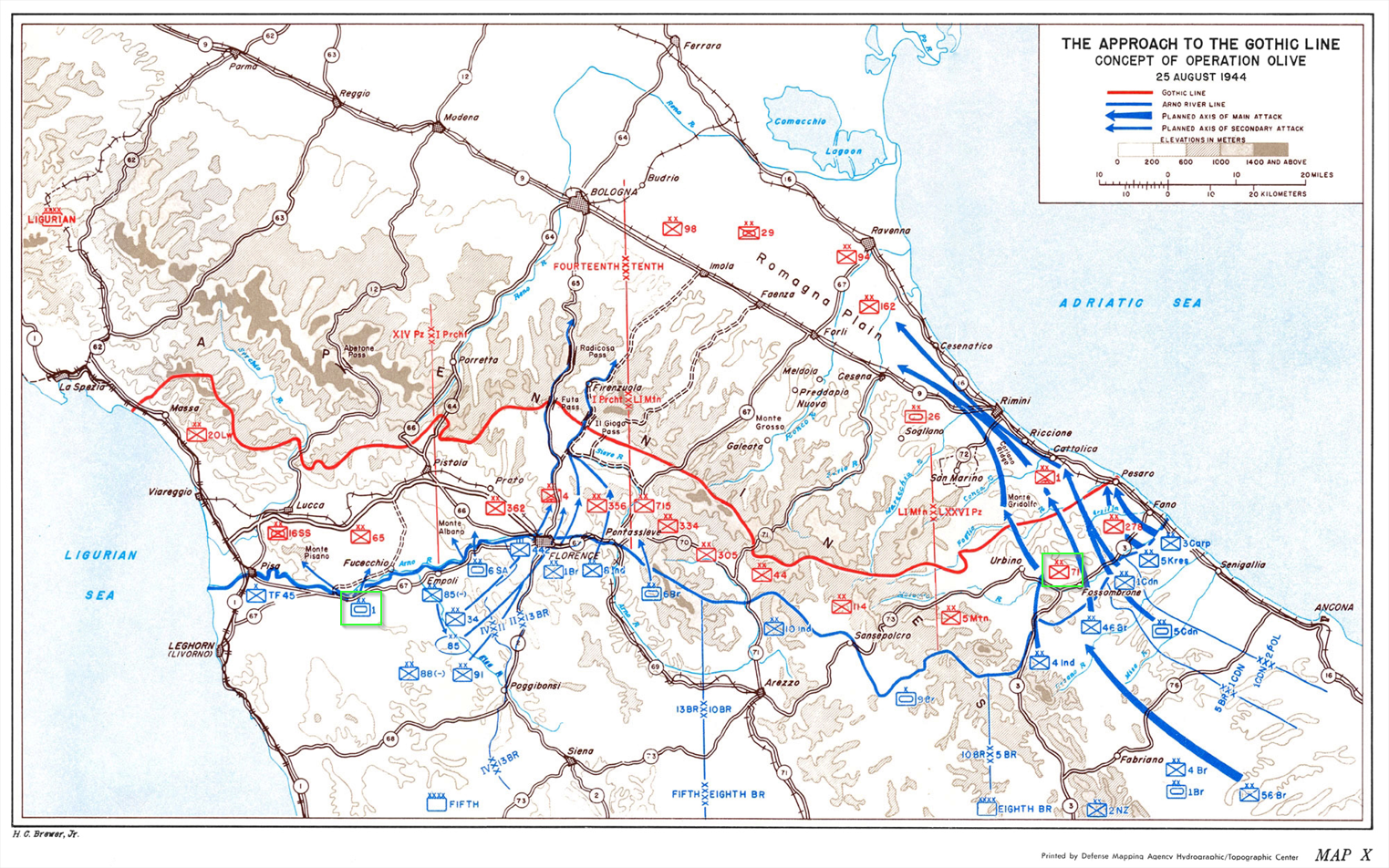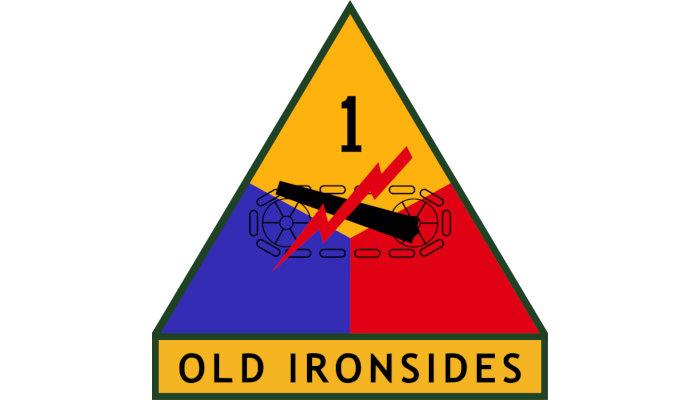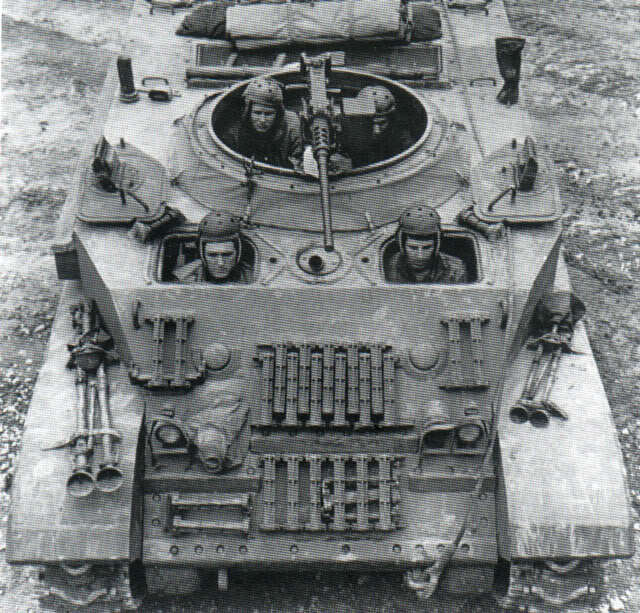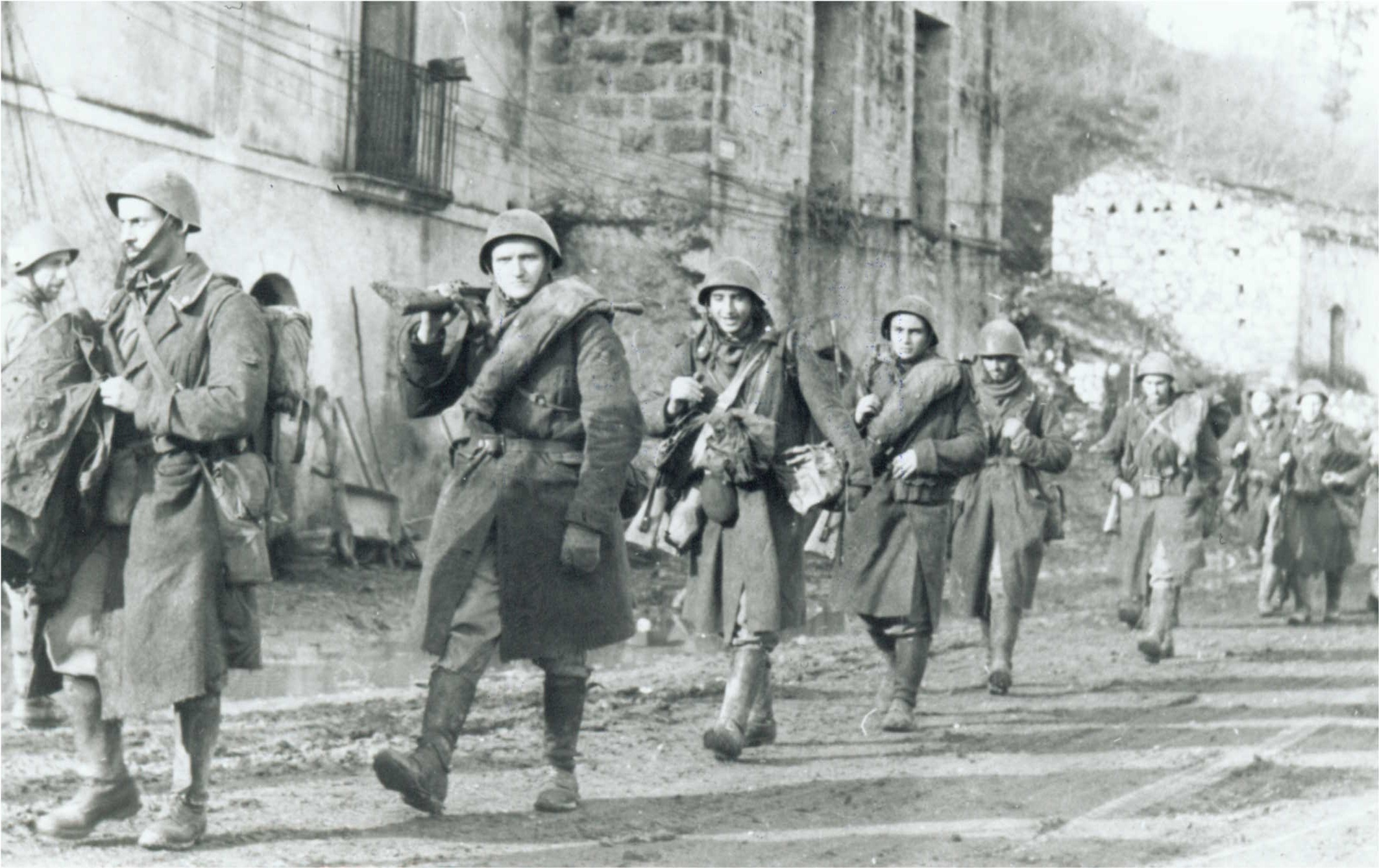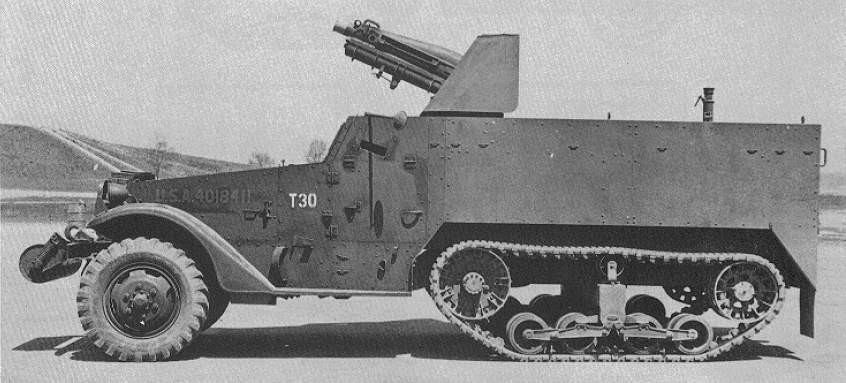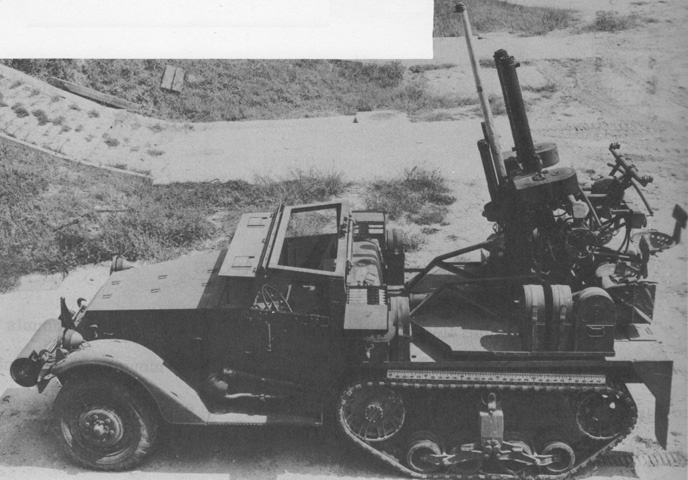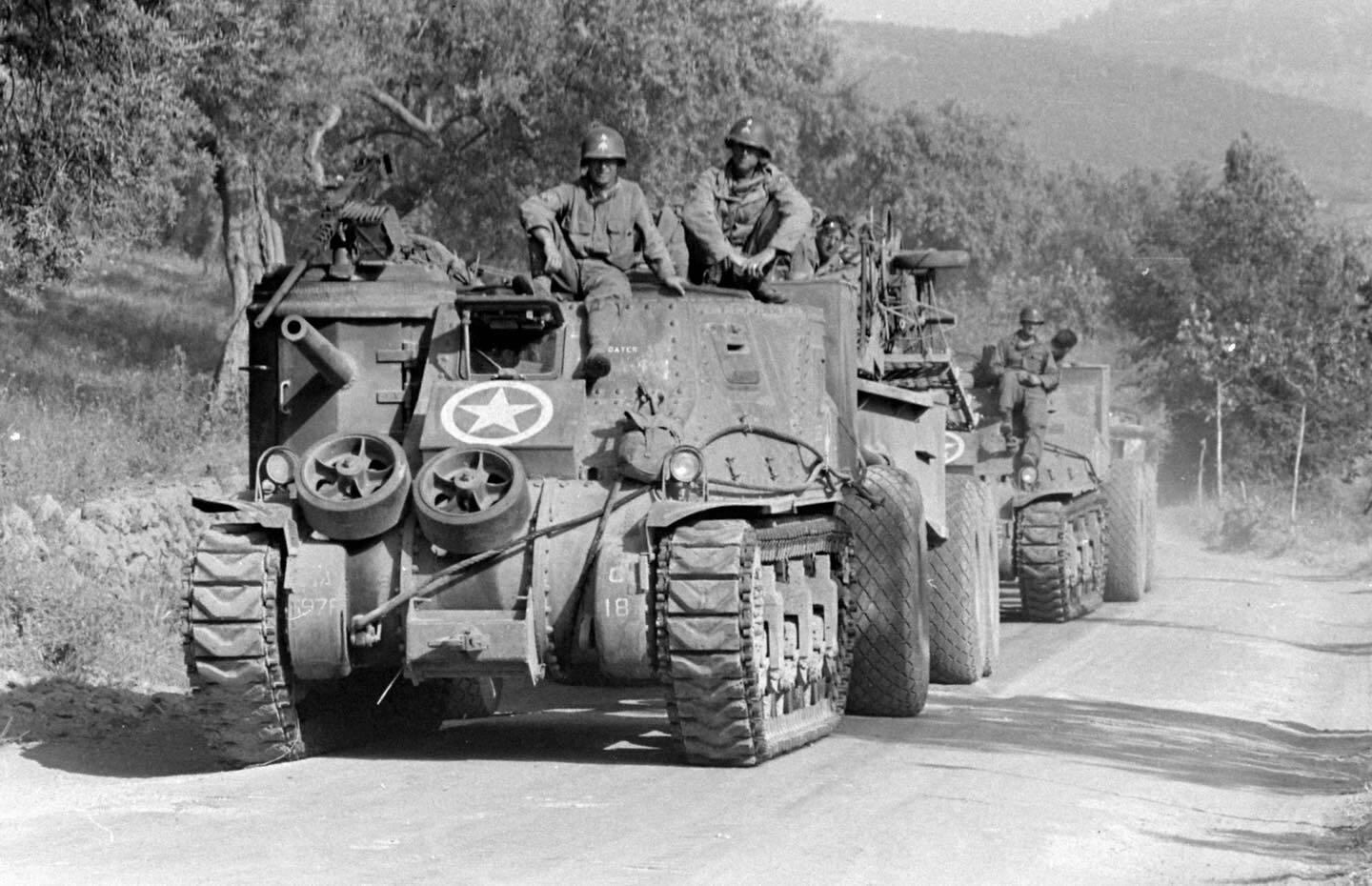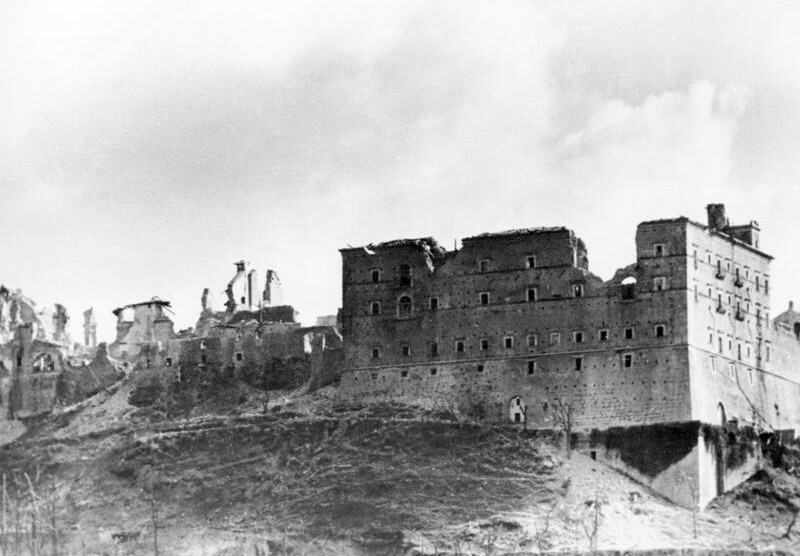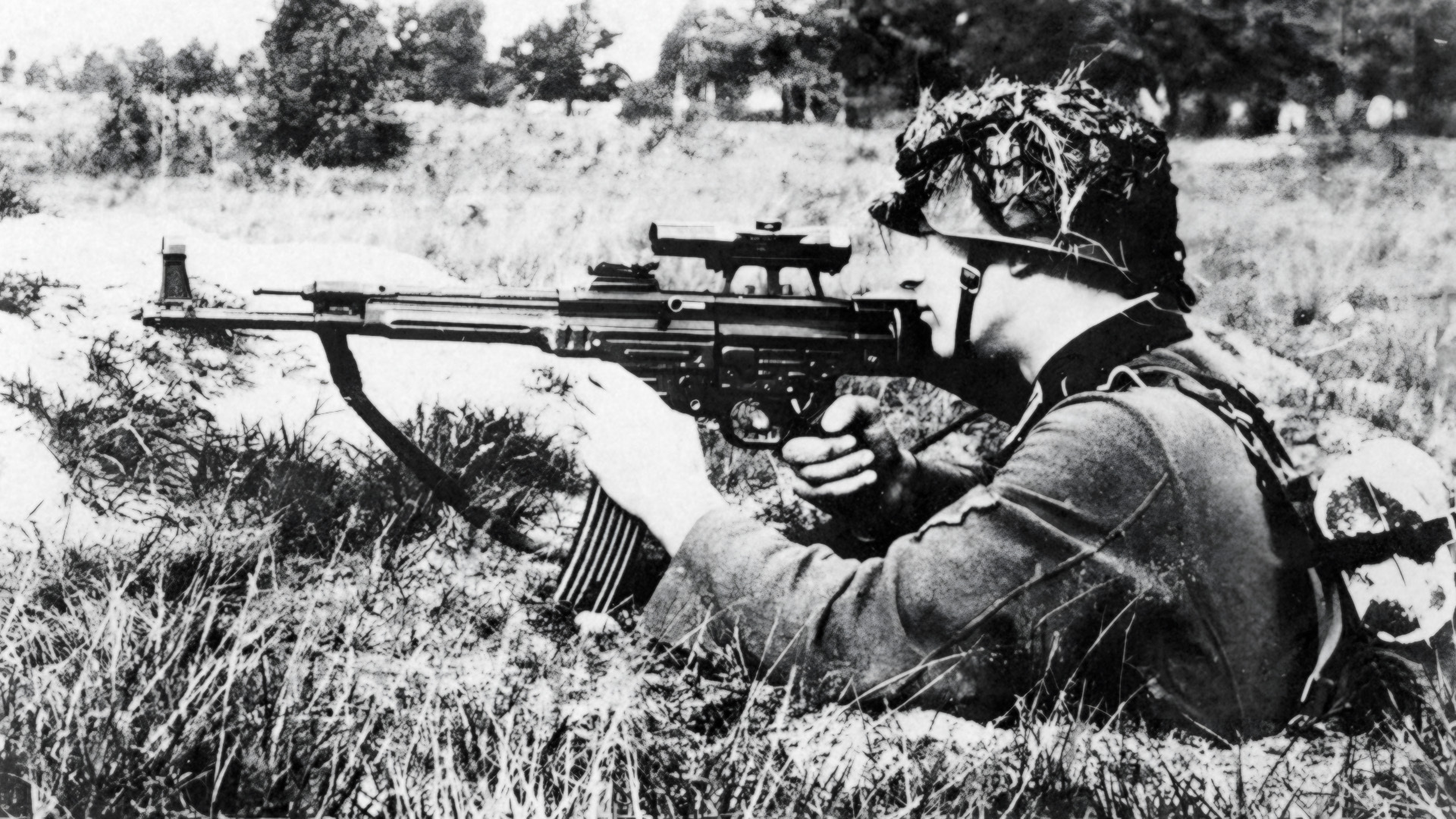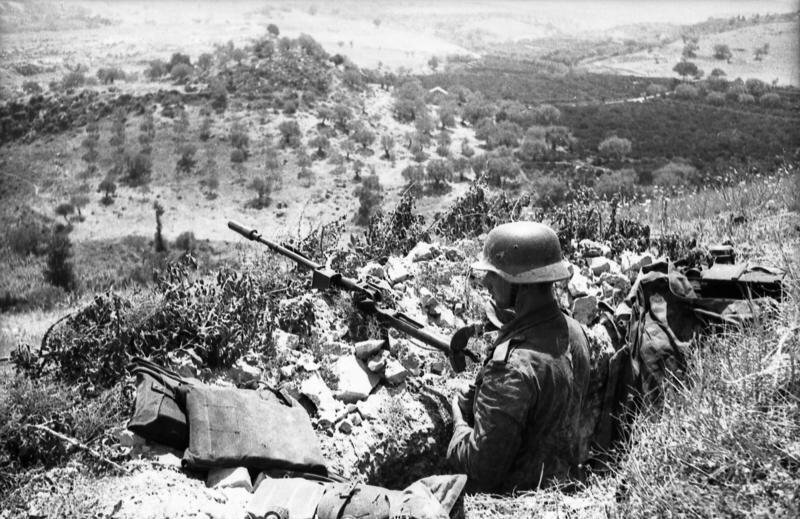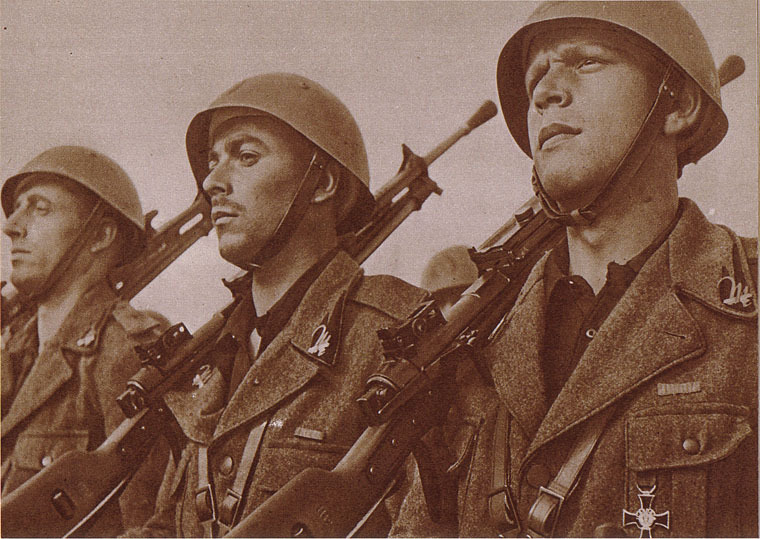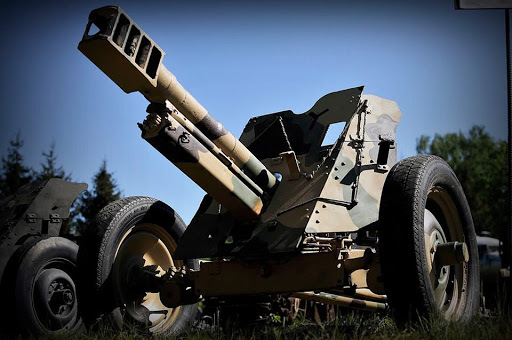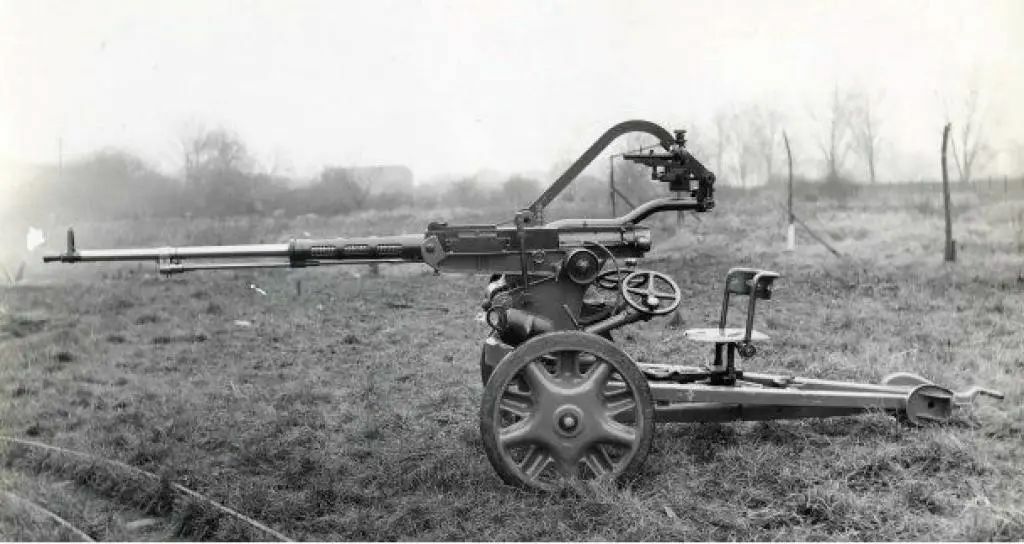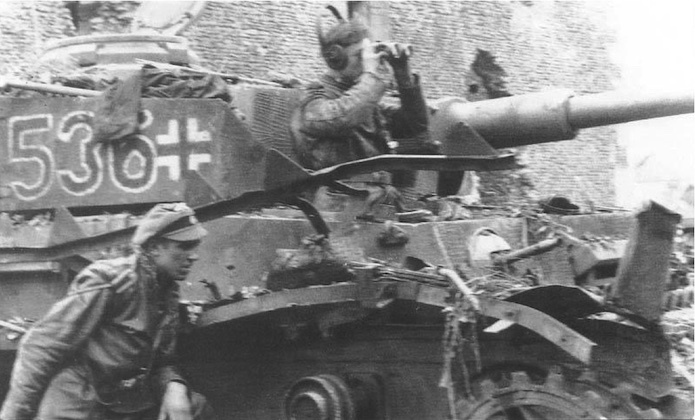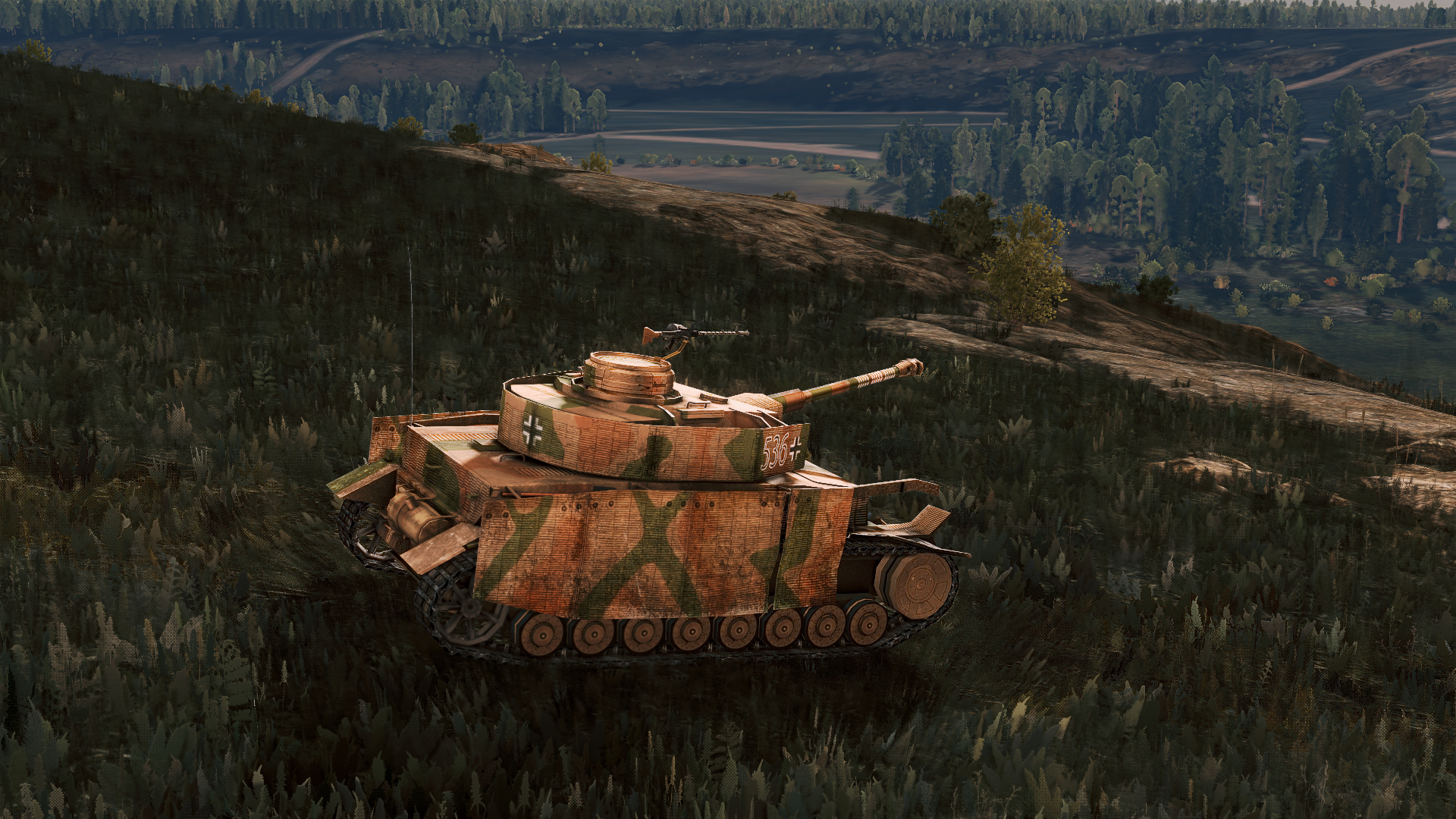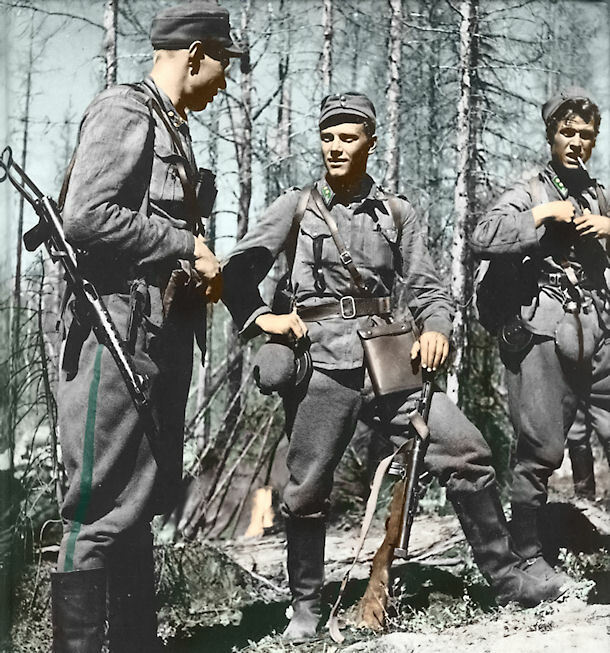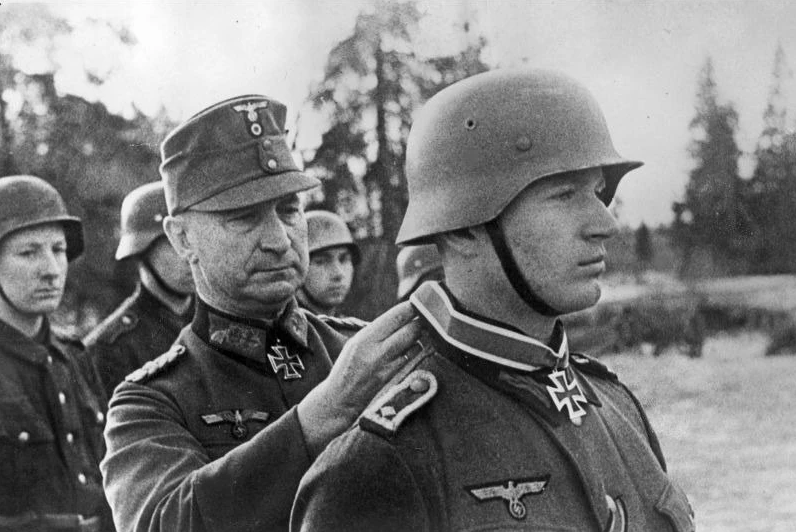
Aug 22, 2024
Steel Division 2 - [EUG] Gal Marcel Bigeard
Hello commanders!
How have you been? We know the news has been relatively slow, but quiet doesn’t mean Eugen hasn’t been busy tinkering away with Steel Division 2 behind the scenes.
With team members off on holiday in the summer, our production rate always slows down a bit. However, plenty of exciting things are still lined up in the Steel Division 2 kitchen.
With the end of August in sight, we are slowly getting back into the groove again!
Today’s DevBlog is a sneak peek into what’s coming next.
The Eugen team is at work on the following, to be delivered by default in that order:
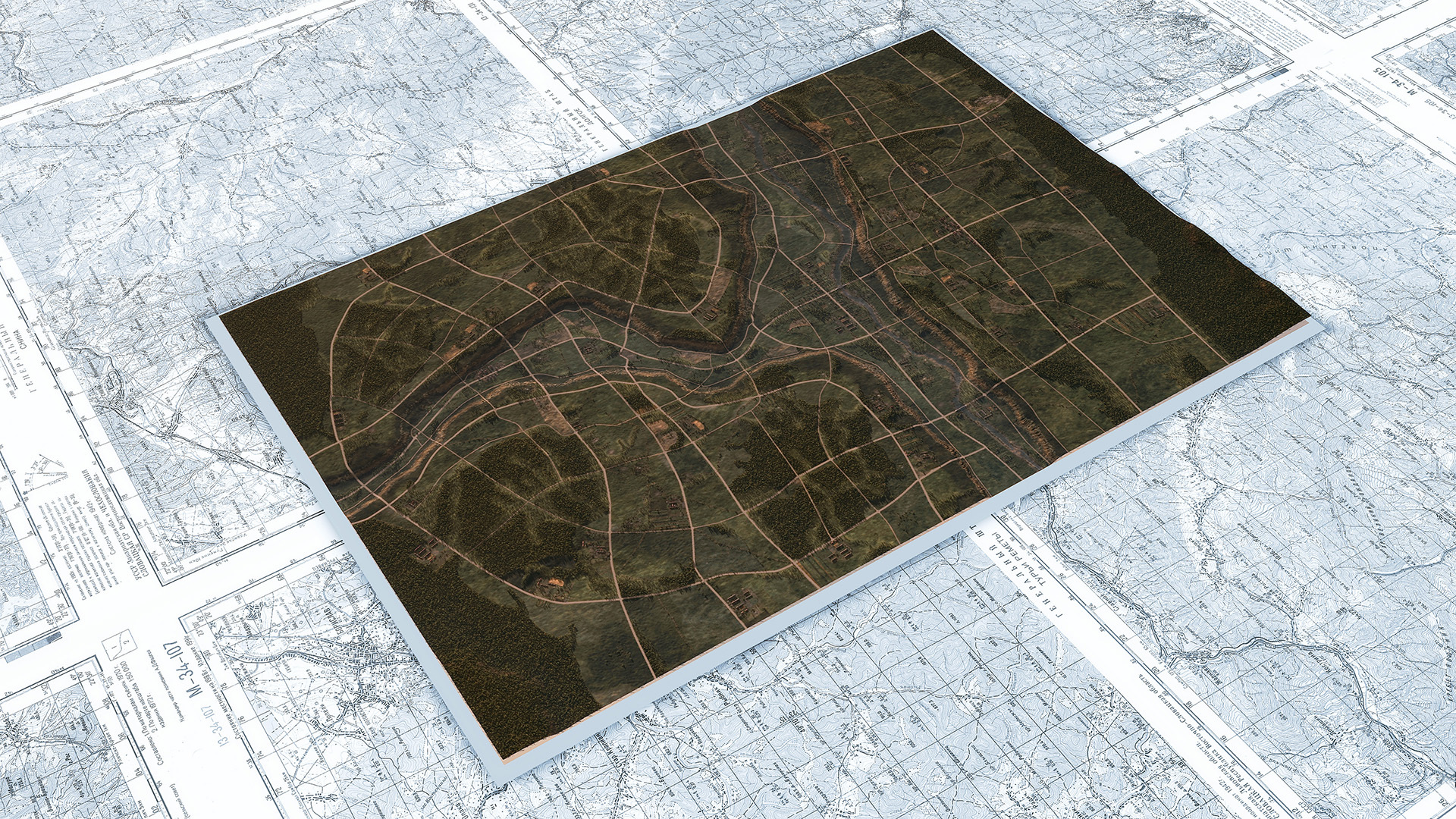
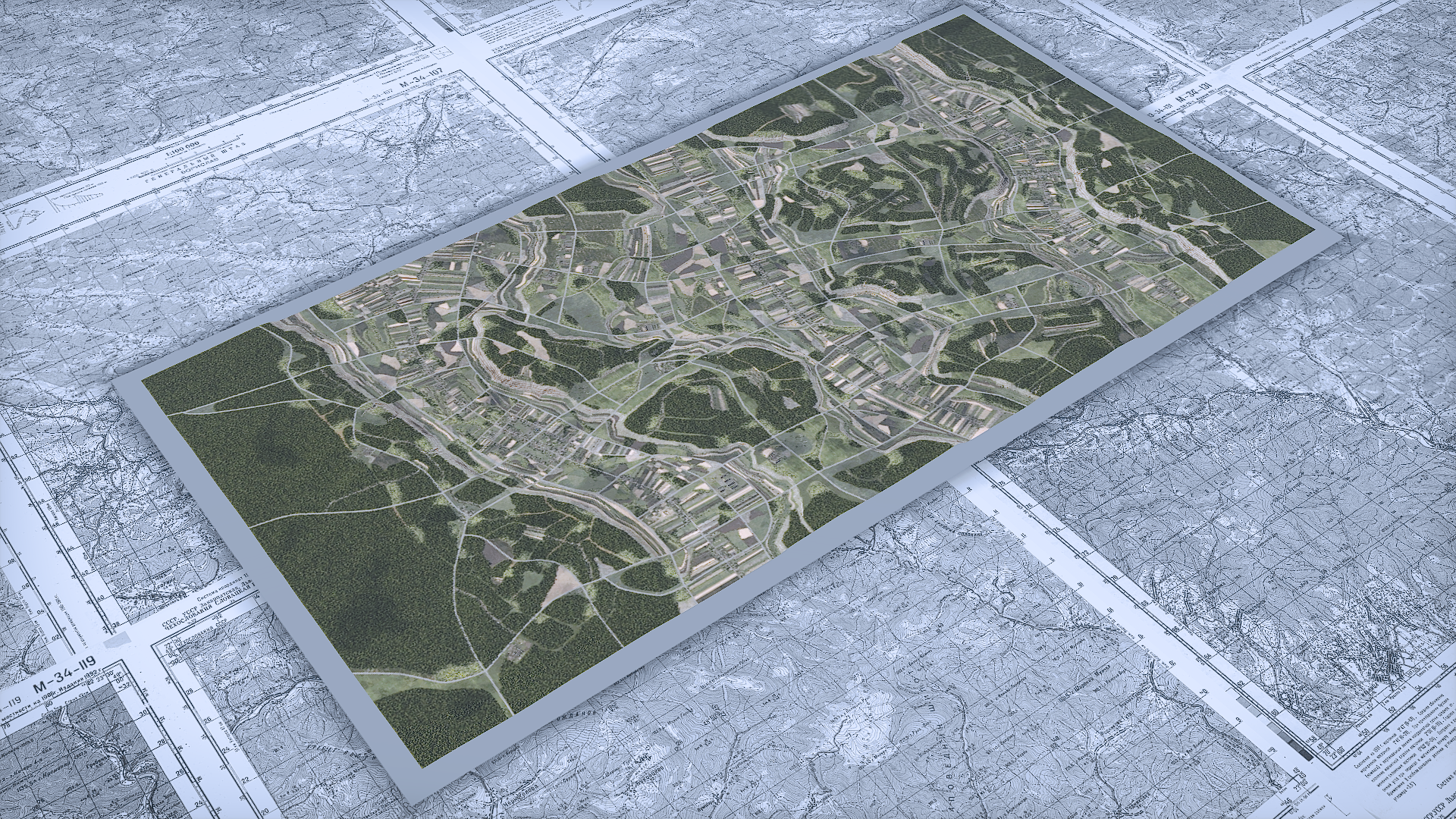
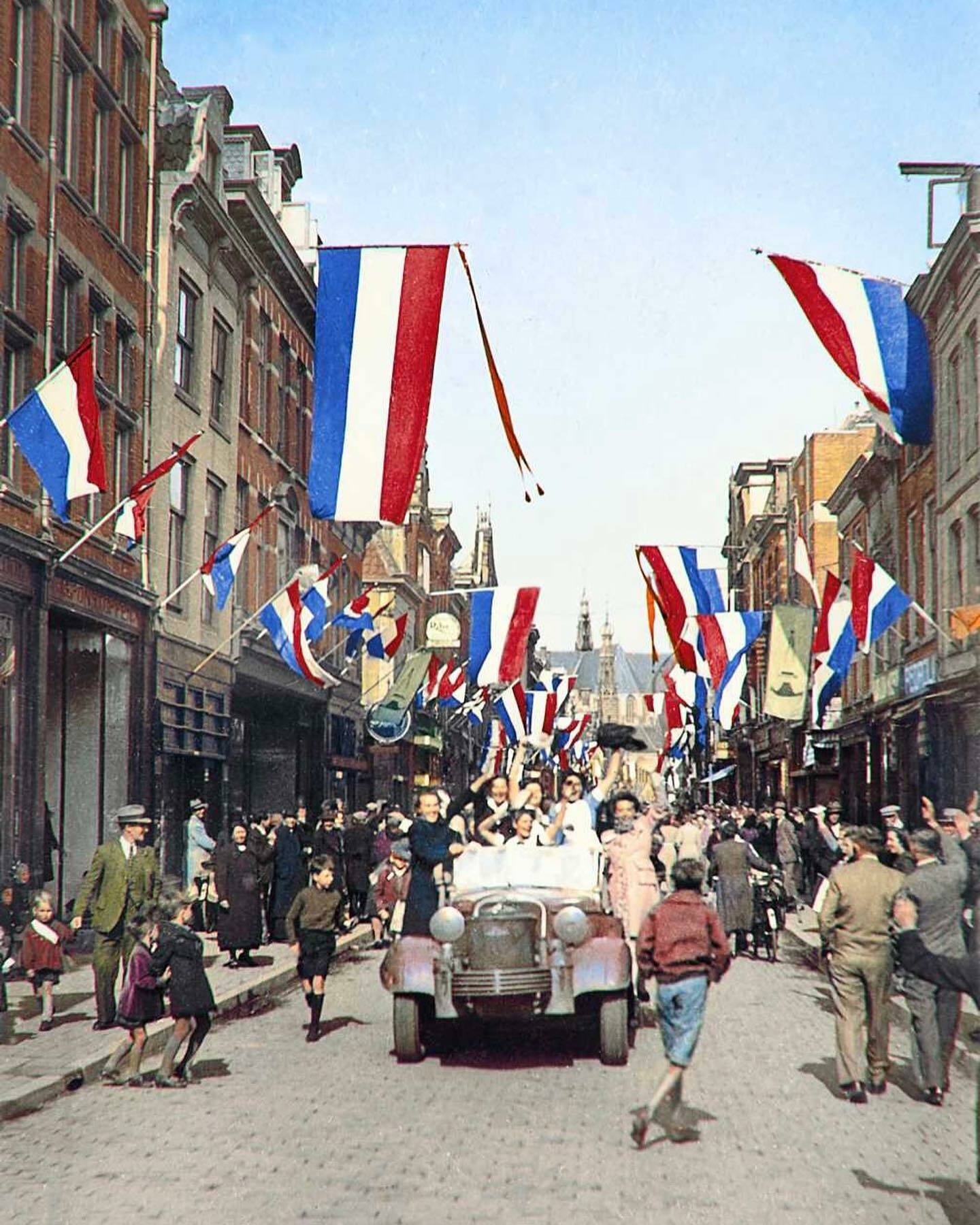
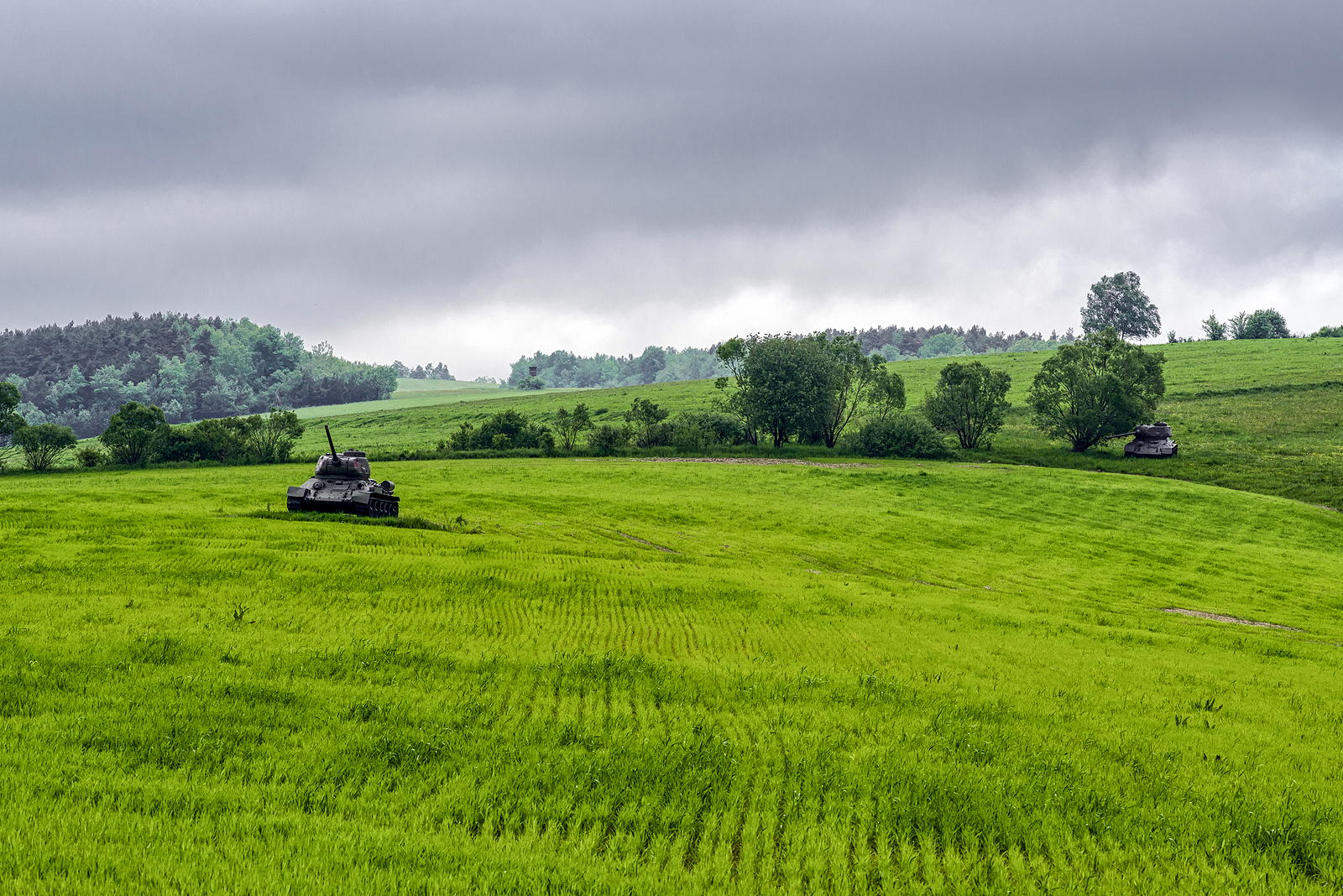
While we've been silent during Summer, giving Wargame Red Dragon - Nation Pack: Italy some spotlight, we didn't remain idle regarding Steela Division 2. Although Summer vacations always slow things down, we've kept testing and polishing the new map VALLEY OF DEATH, which will be released soon, but also start working on Nemesis #7: Hell's Highway's models, as you can see below with the first Dutch infantry models below.
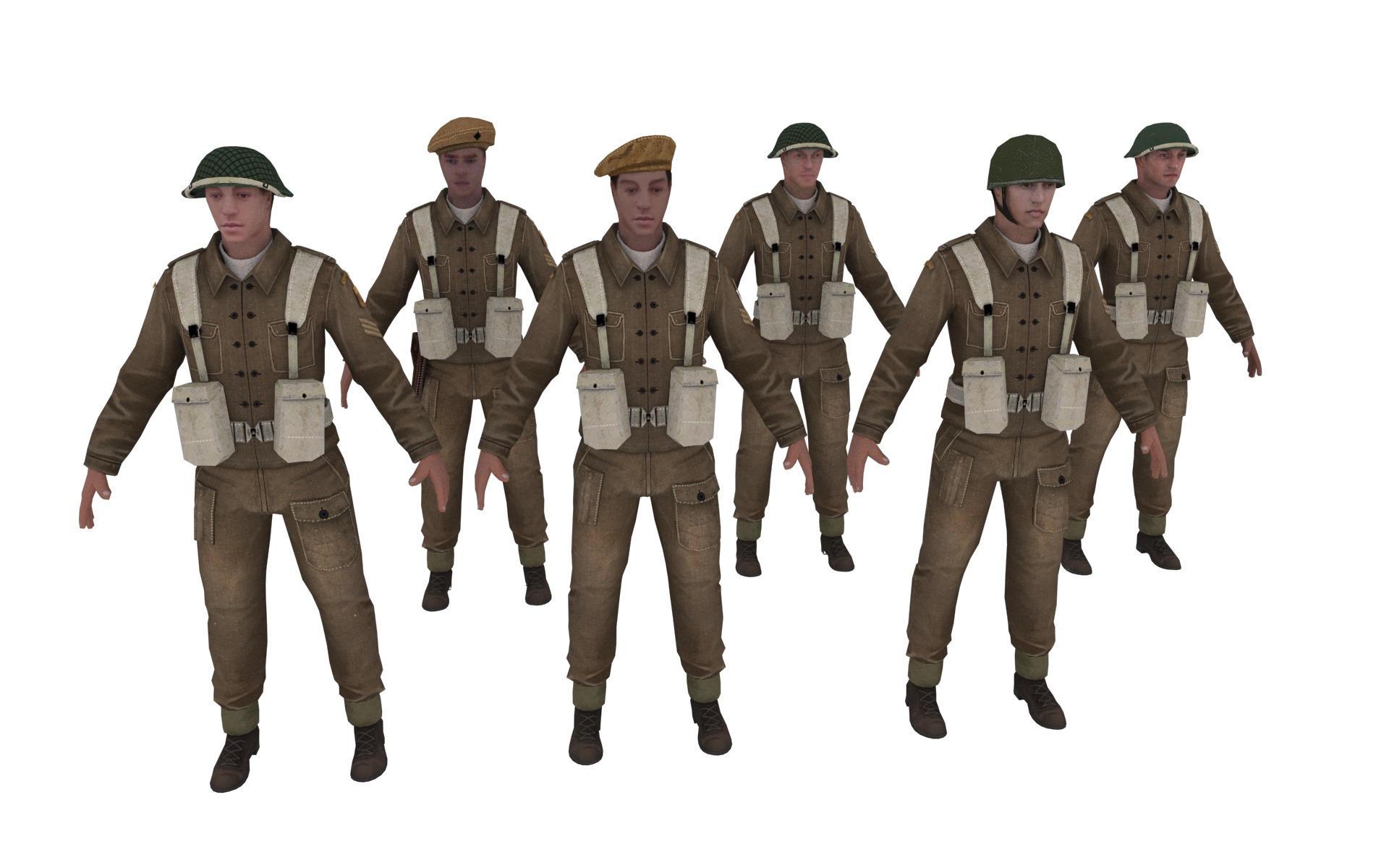
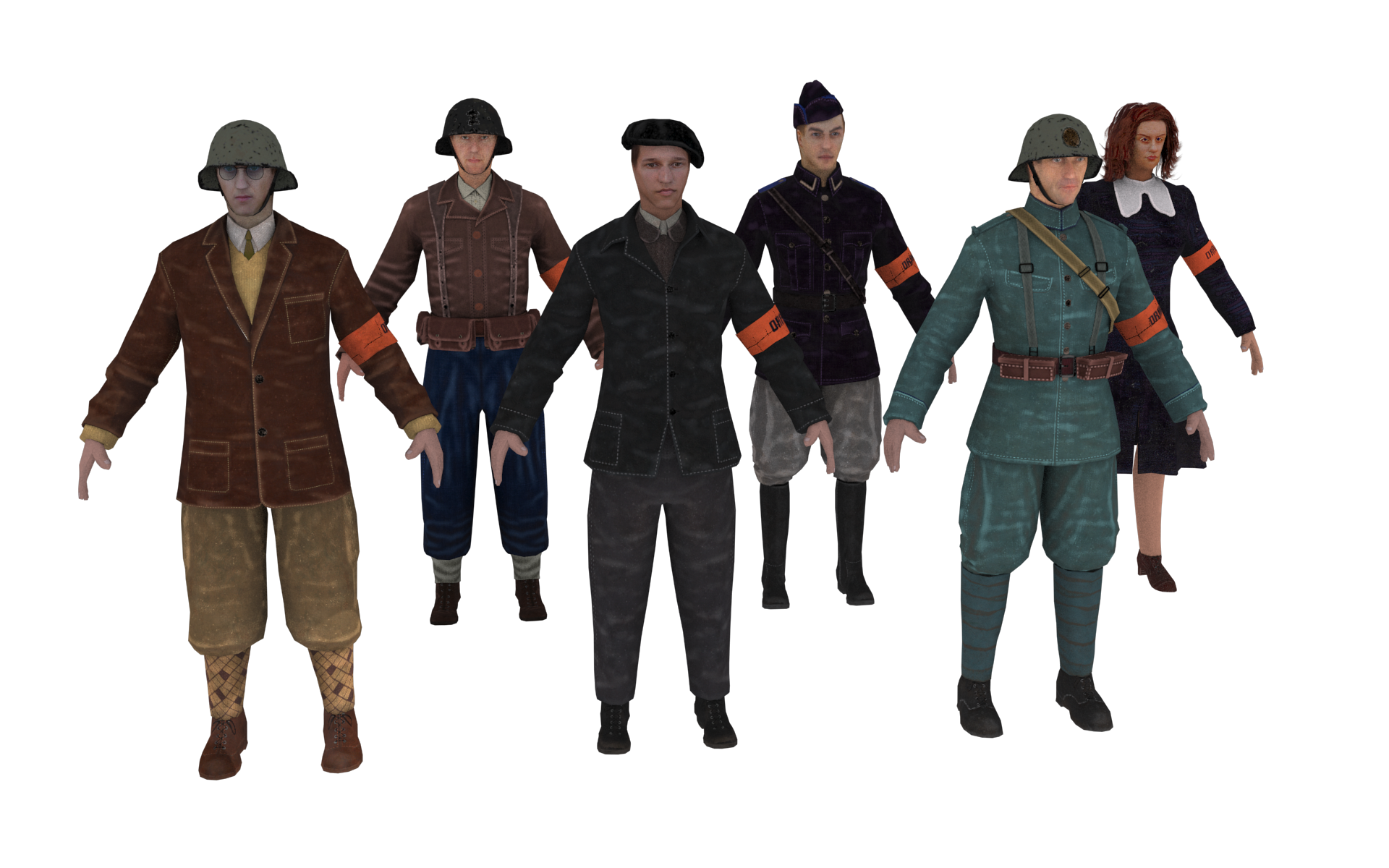
That’s it for now. Short and sweet. We will be back with more exciting Steel Division 2 soon!
Be sure to join the Steel Division 2 community on our Steam forums. If you want to keep up to date with the latest Steel Division 2, keep an eye out on our Instagram. Looking for an online game? Visit the Discord server or Reddit page and get involved with the lively Steel Division 2 community!
See you on the battlefield, commander!
How have you been? We know the news has been relatively slow, but quiet doesn’t mean Eugen hasn’t been busy tinkering away with Steel Division 2 behind the scenes.
With team members off on holiday in the summer, our production rate always slows down a bit. However, plenty of exciting things are still lined up in the Steel Division 2 kitchen.
With the end of August in sight, we are slowly getting back into the groove again!
Today’s DevBlog is a sneak peek into what’s coming next.
Steel Division 2’s Roadmap
The Eugen team is at work on the following, to be delivered by default in that order:
- The free new map VALLEY OF DEATH is almost complete. It should be coming as one of the next updates for Steel Division 2. Check out a preview of this map in this DevBlog here.

- The free new map DUKLA PASS is being worked on and should be ready in the not-too-distant future. A DevBlog with more details can be found here.

- The next Nemesis #7 Hell’s Highway coming at a later date in the future. Check out all the details of what you can expect here.

- And, of course, the next new major expansion for Steel Division 2 will be the Army General-focused DUKLA PASS. Make sure to read more in this dedicated DevBlog.

While we've been silent during Summer, giving Wargame Red Dragon - Nation Pack: Italy some spotlight, we didn't remain idle regarding Steela Division 2. Although Summer vacations always slow things down, we've kept testing and polishing the new map VALLEY OF DEATH, which will be released soon, but also start working on Nemesis #7: Hell's Highway's models, as you can see below with the first Dutch infantry models below.


Until next time
That’s it for now. Short and sweet. We will be back with more exciting Steel Division 2 soon!
Be sure to join the Steel Division 2 community on our Steam forums. If you want to keep up to date with the latest Steel Division 2, keep an eye out on our Instagram. Looking for an online game? Visit the Discord server or Reddit page and get involved with the lively Steel Division 2 community!
See you on the battlefield, commander!






